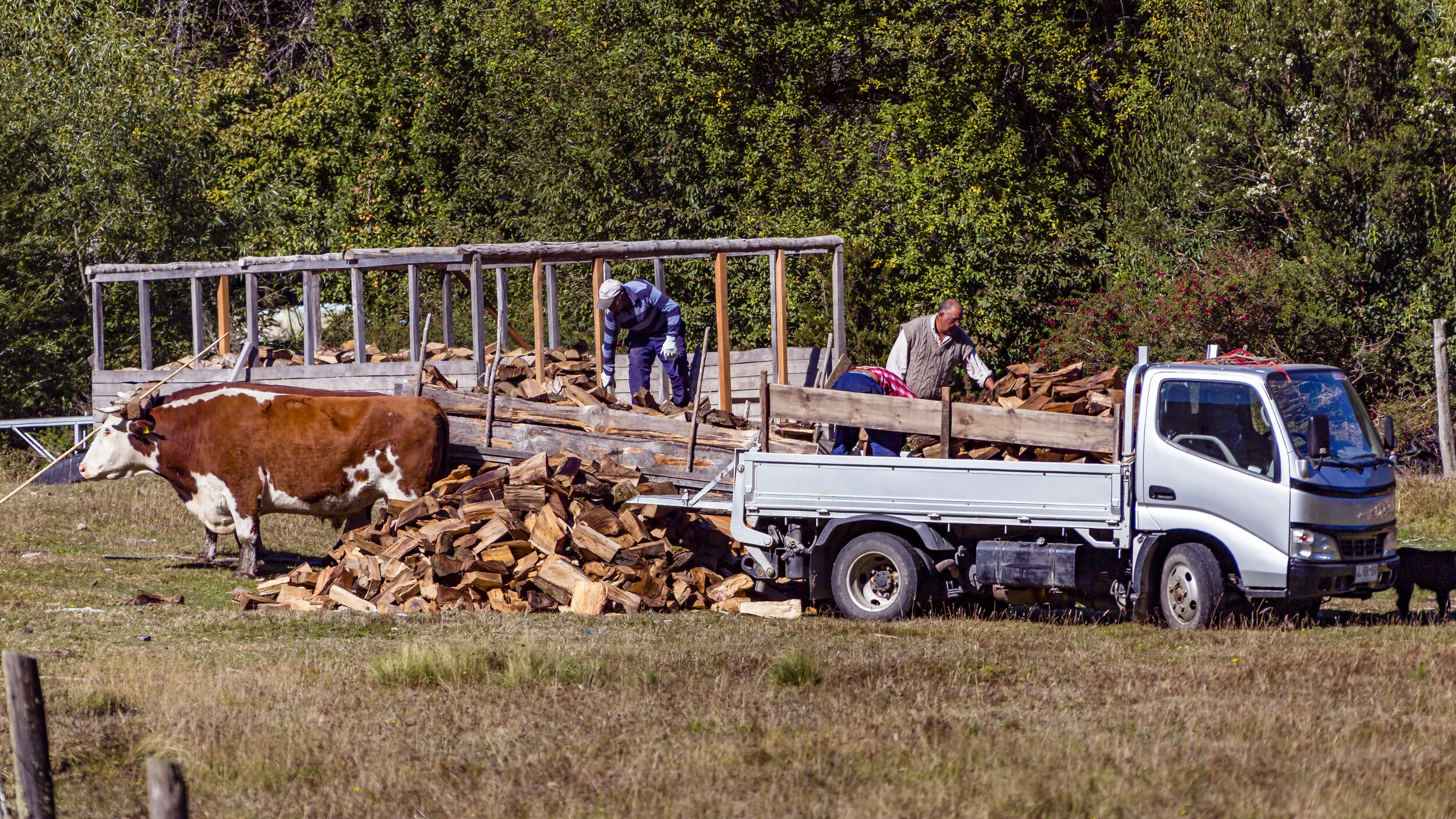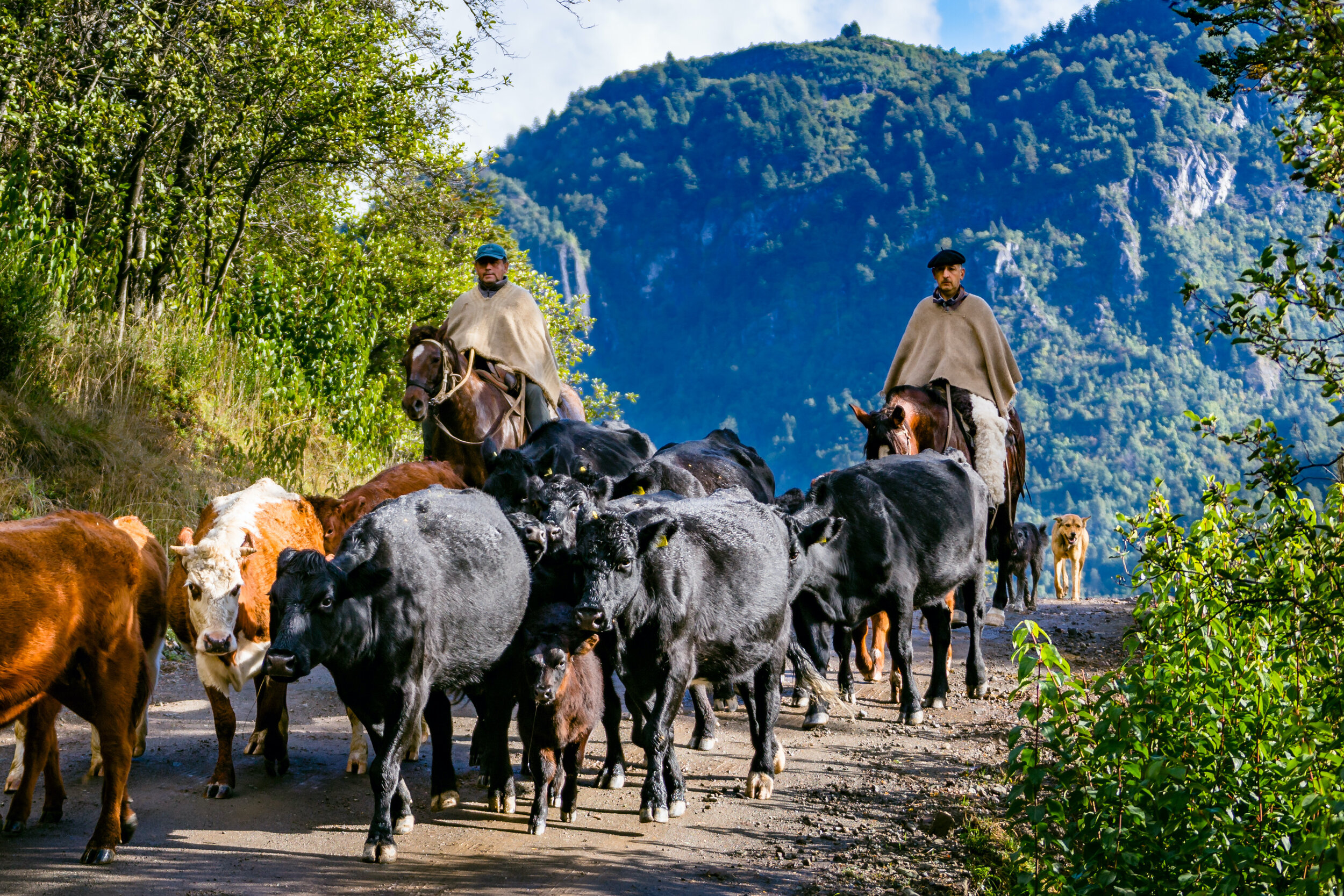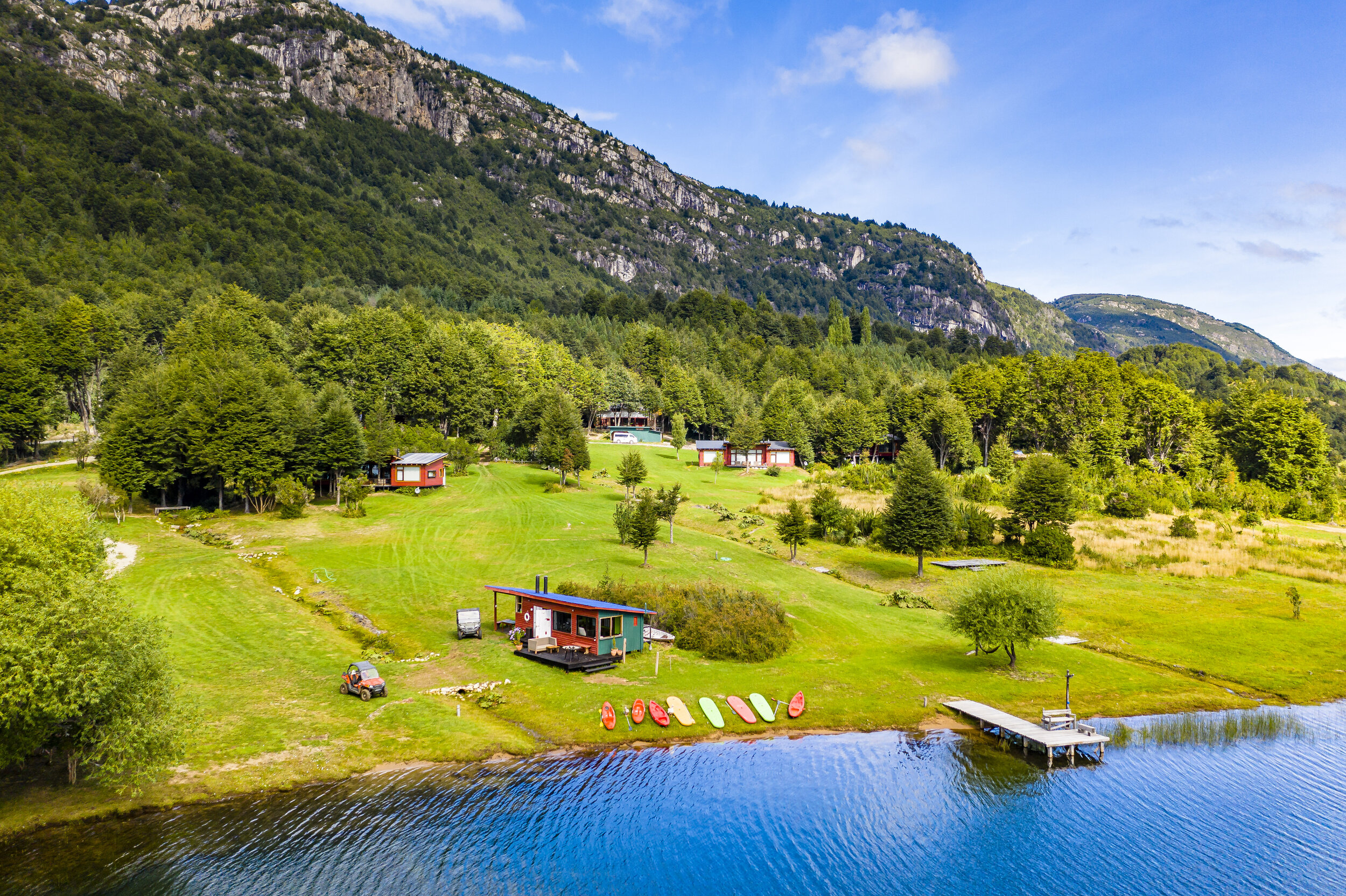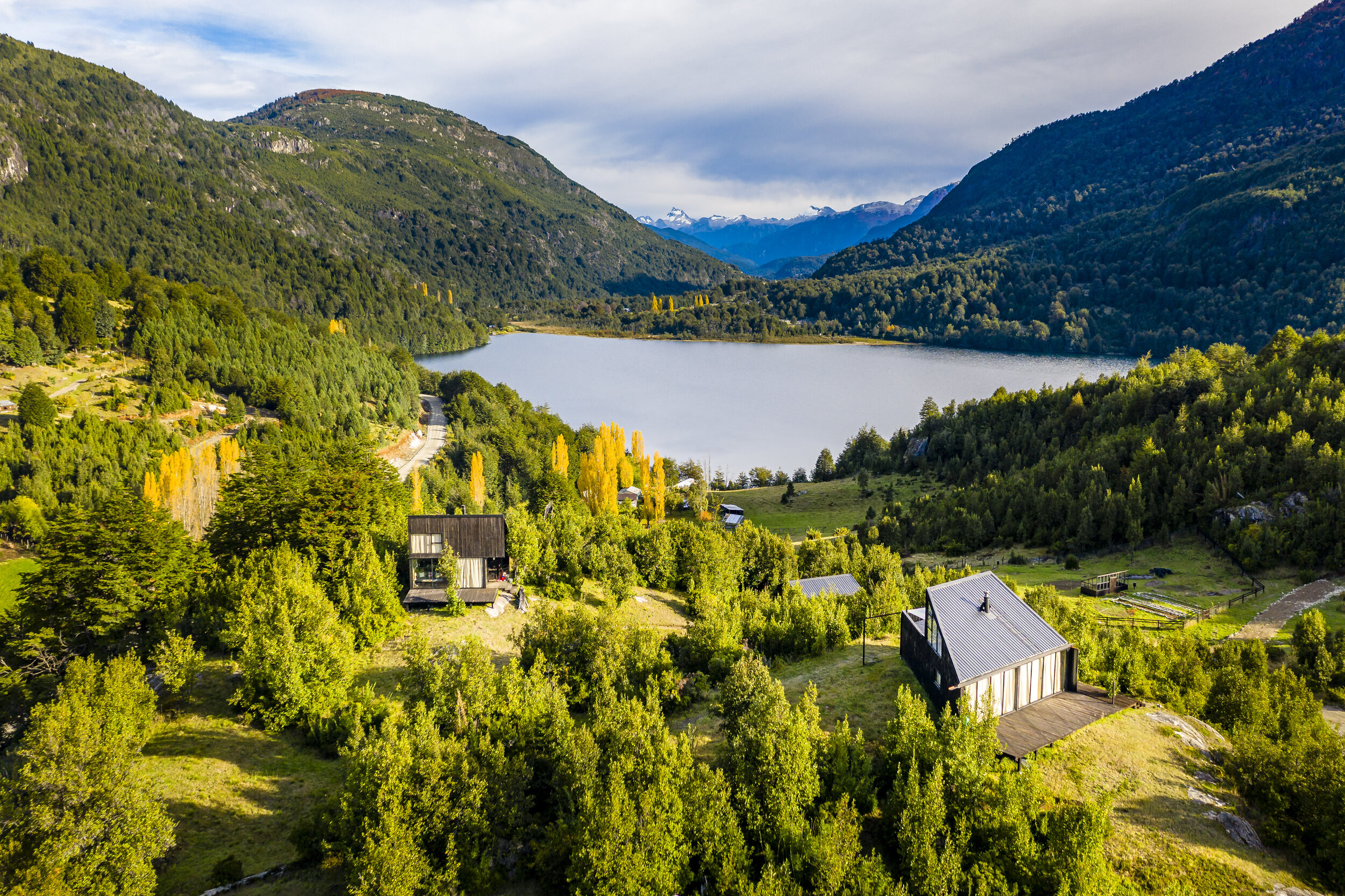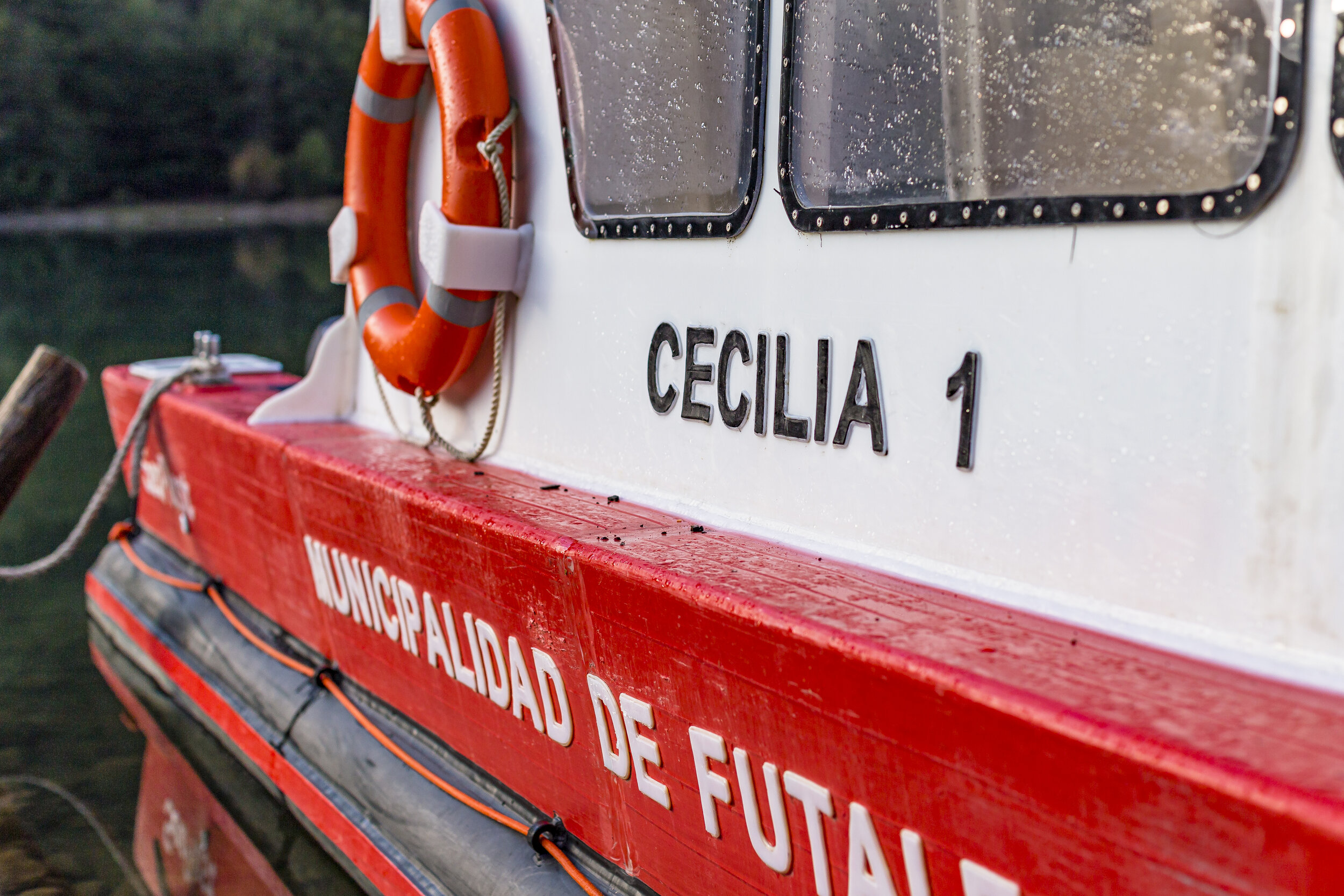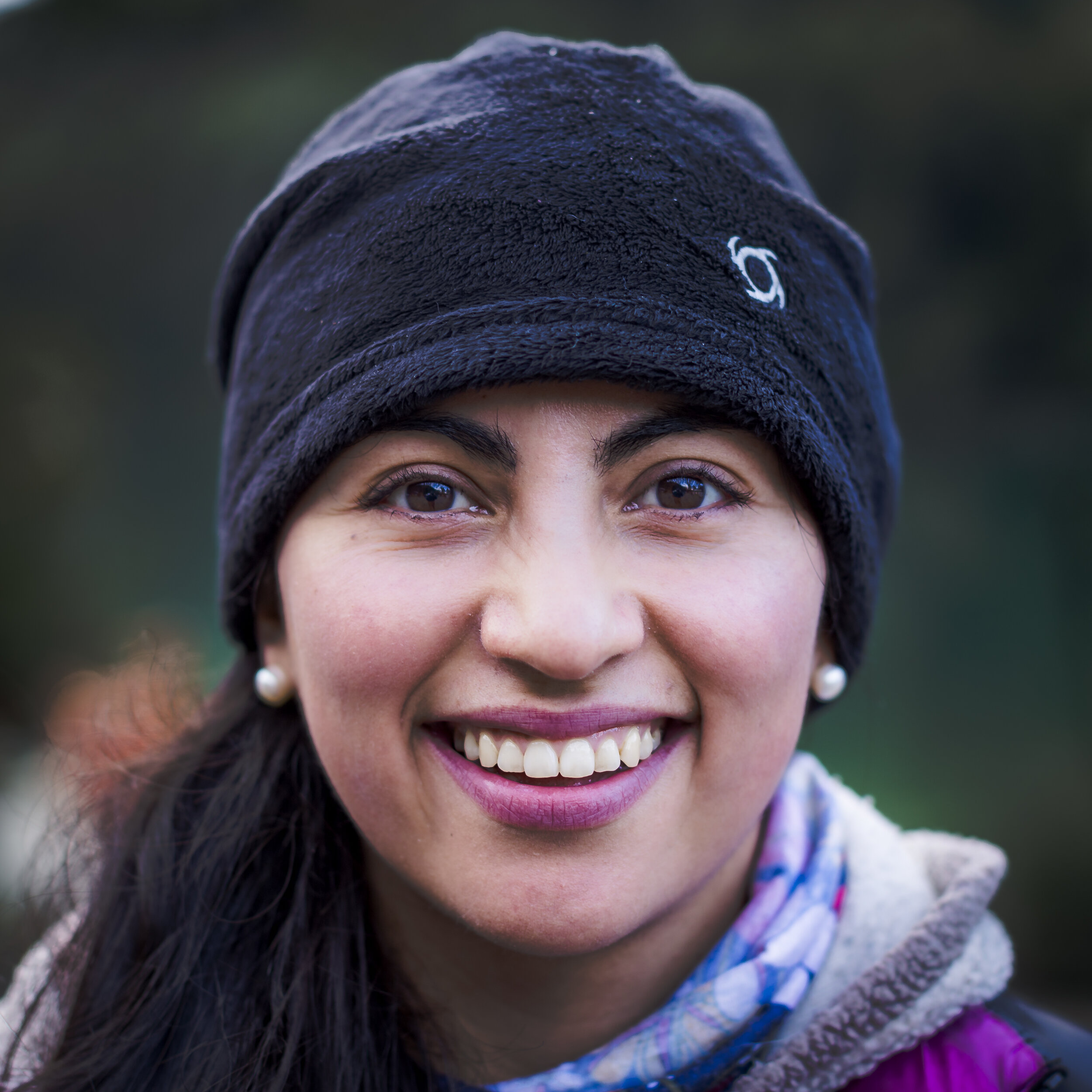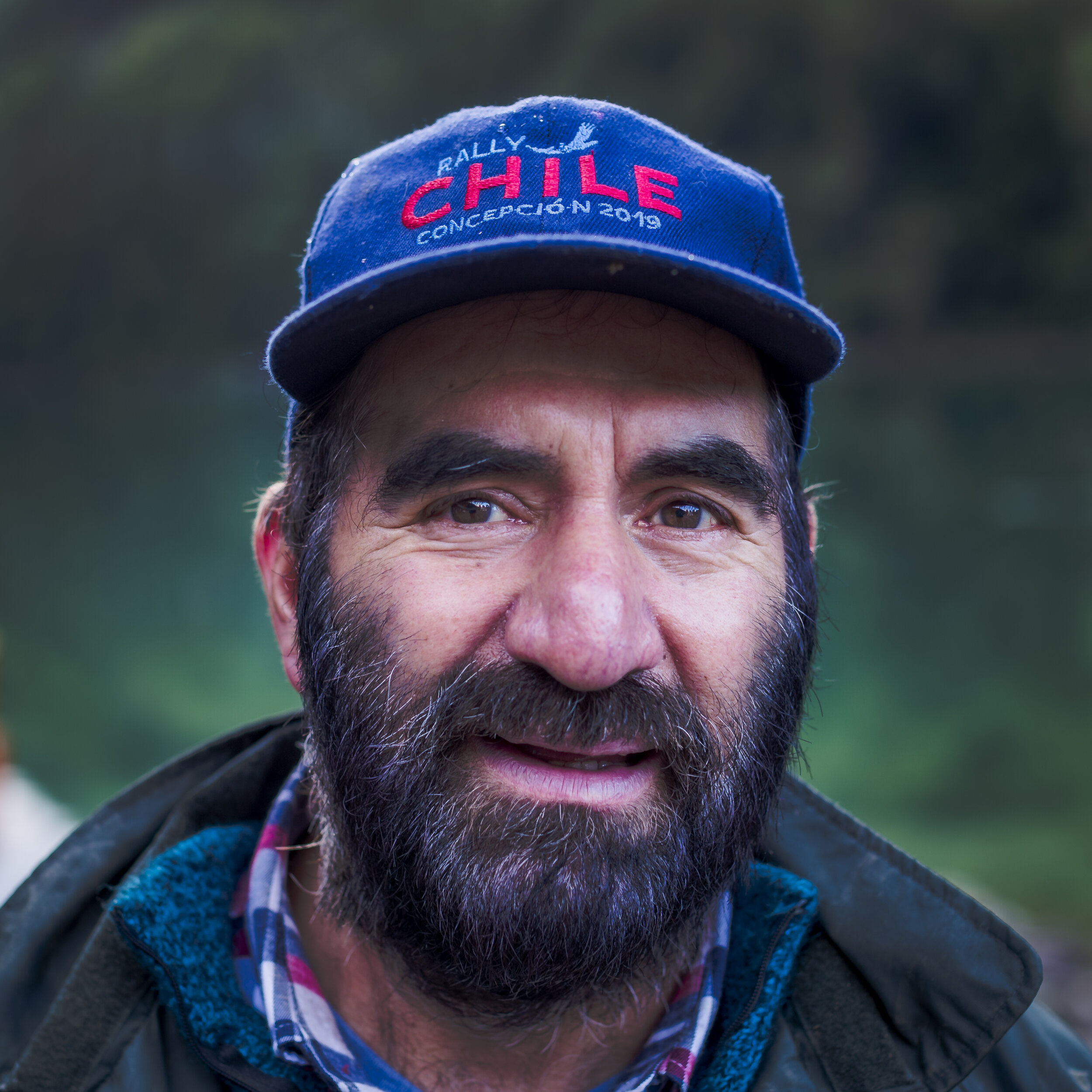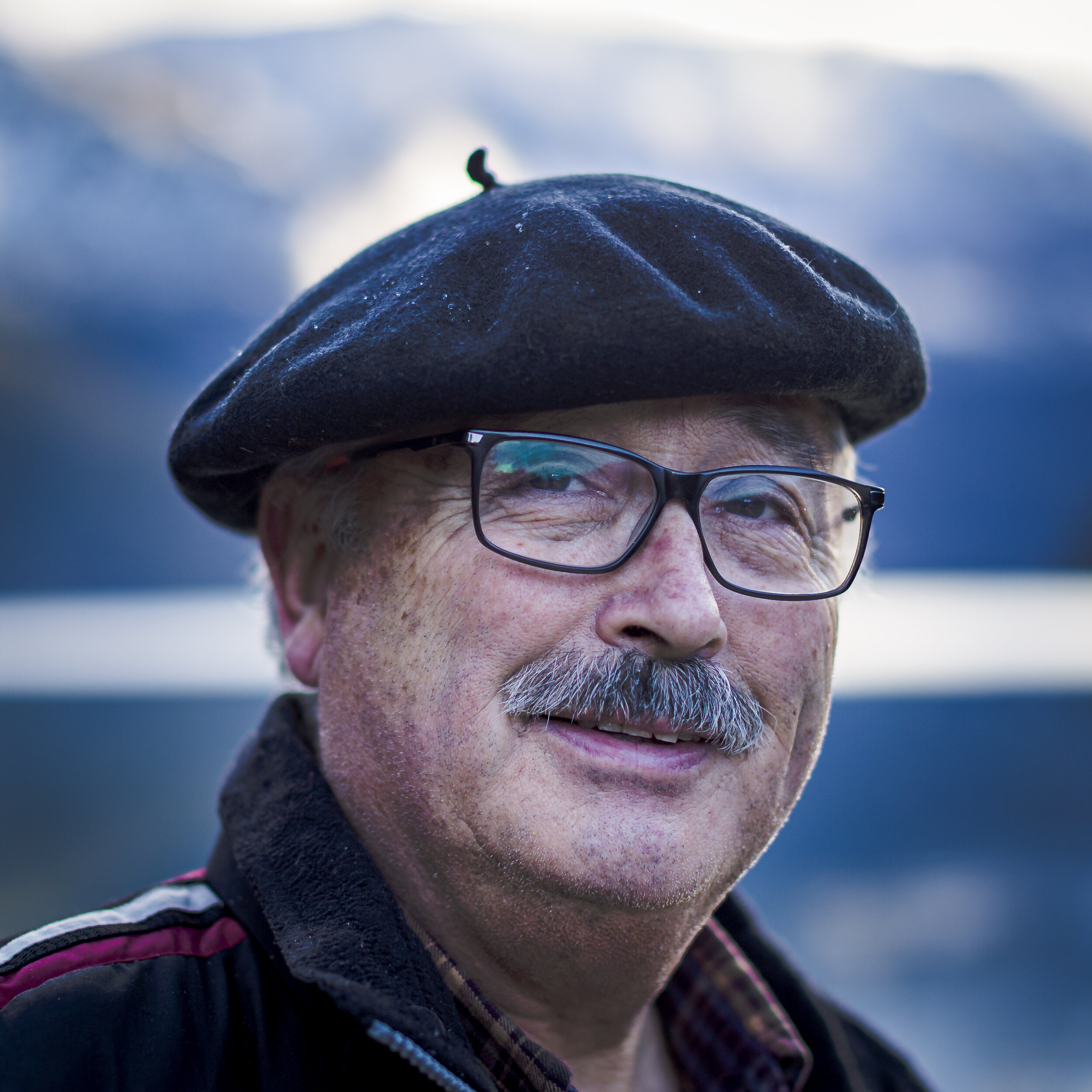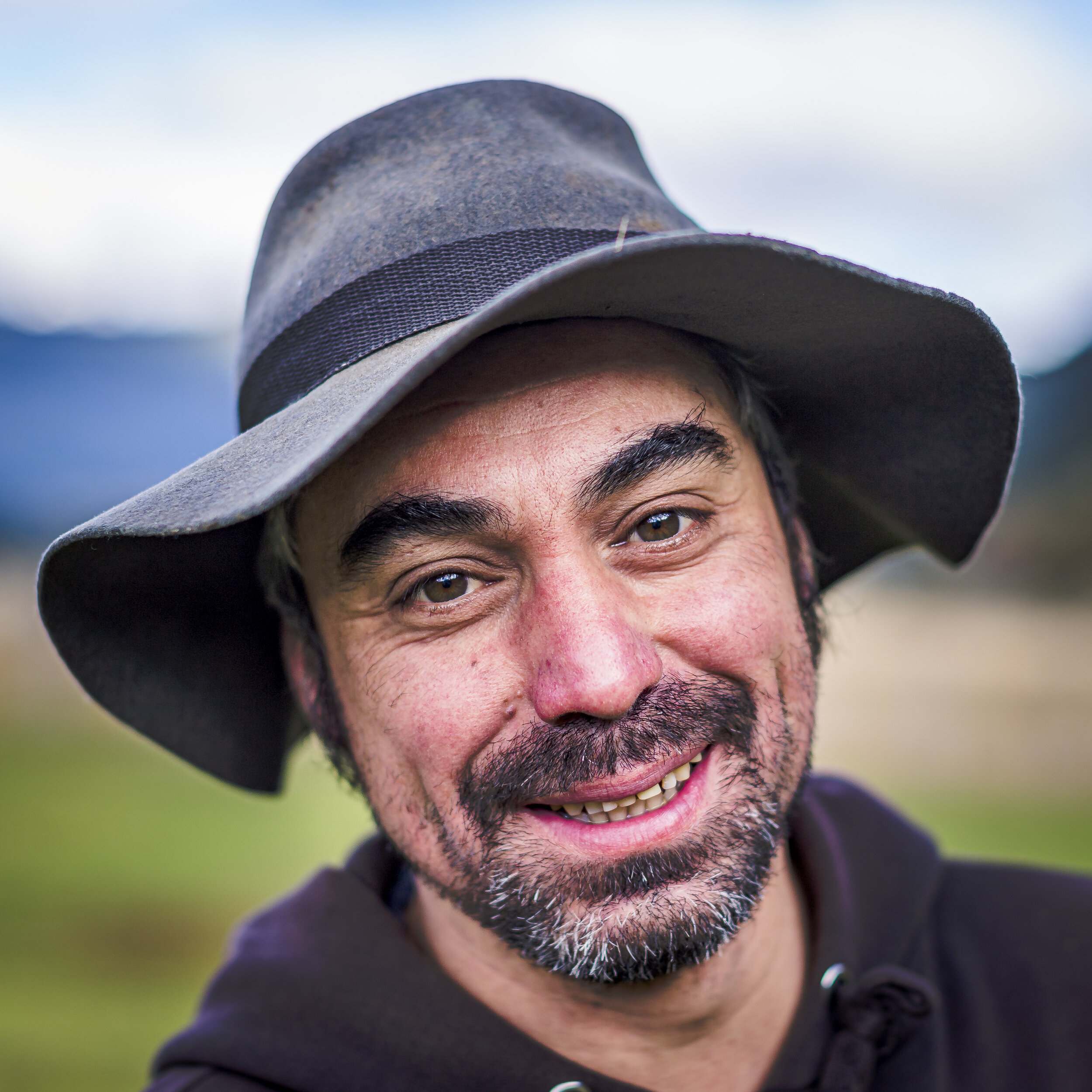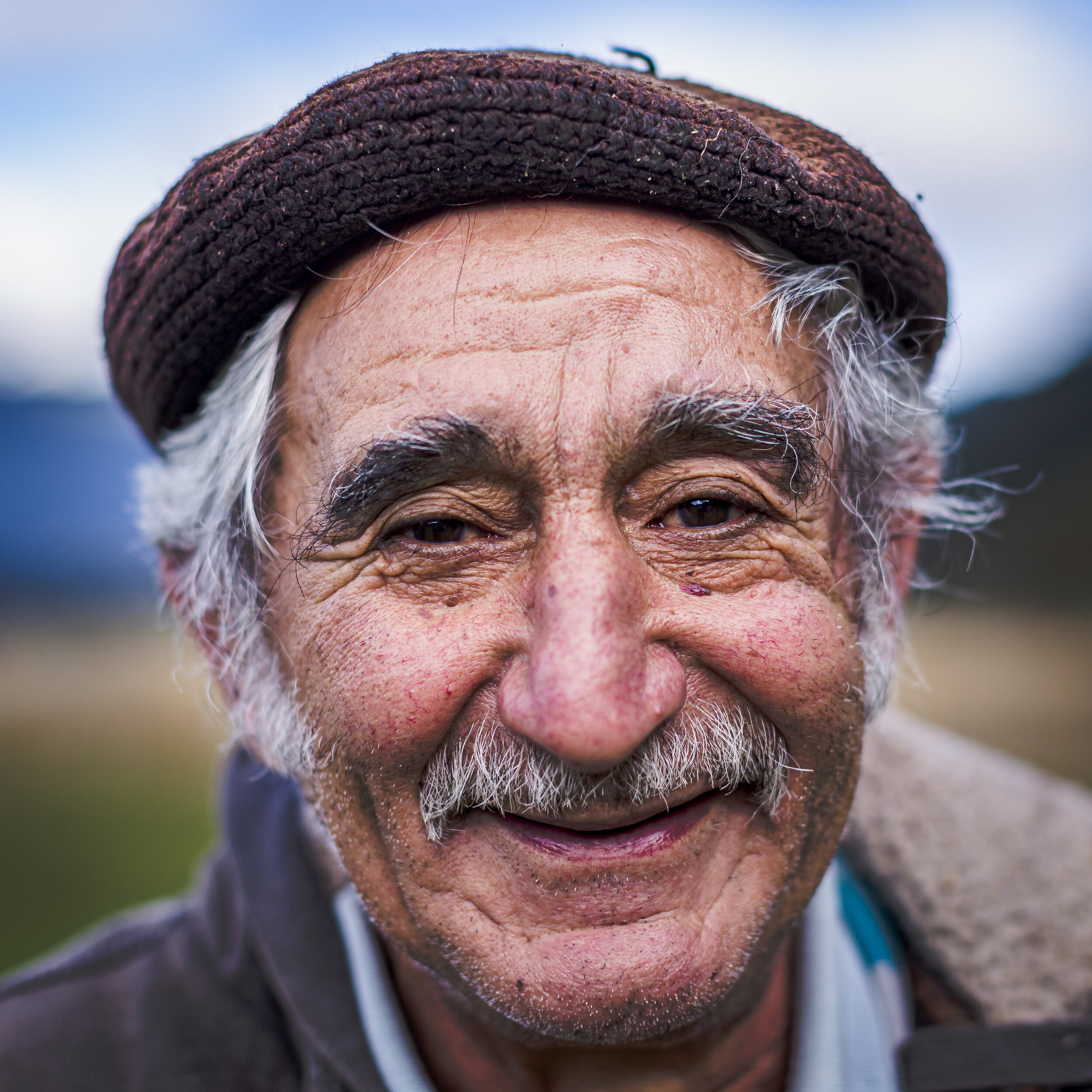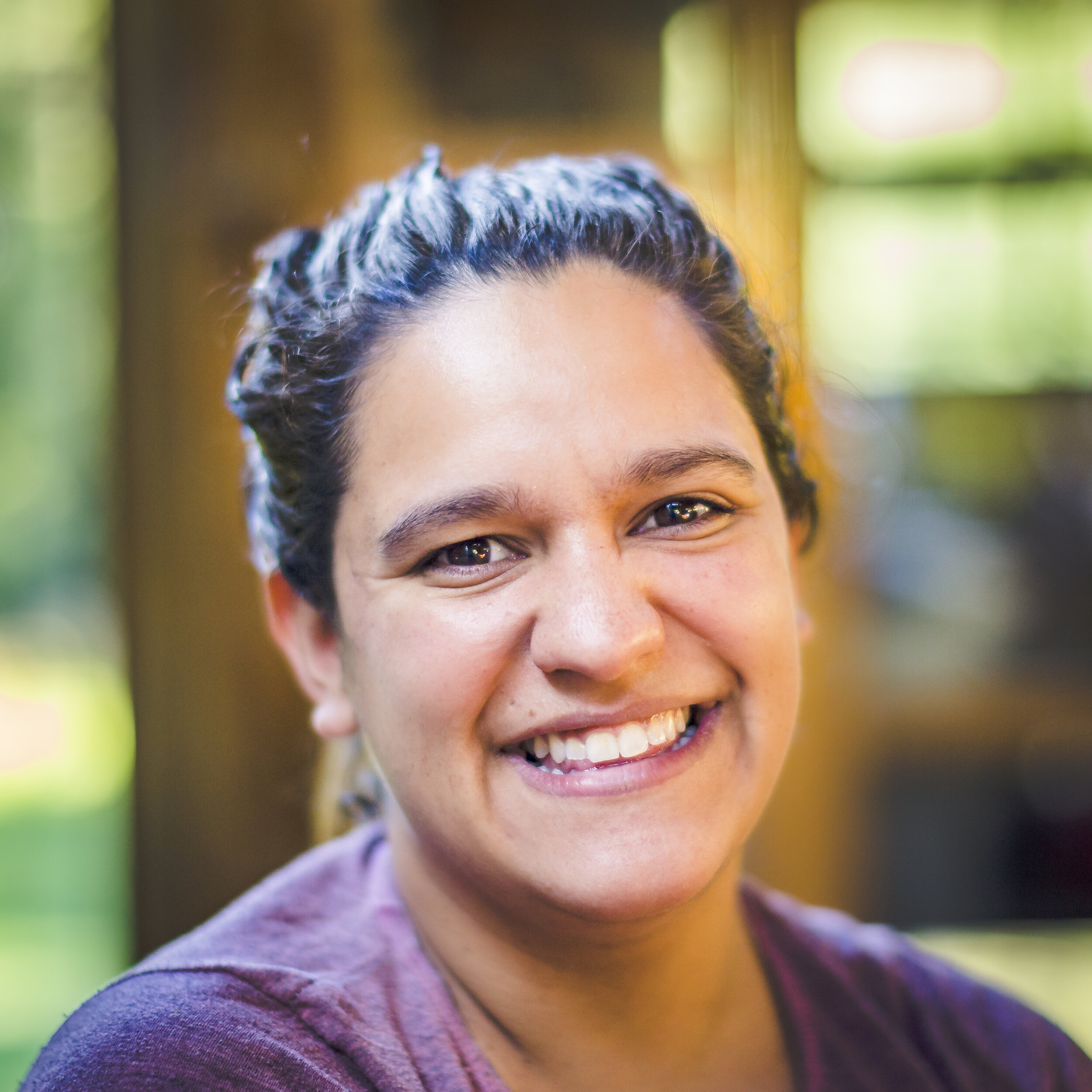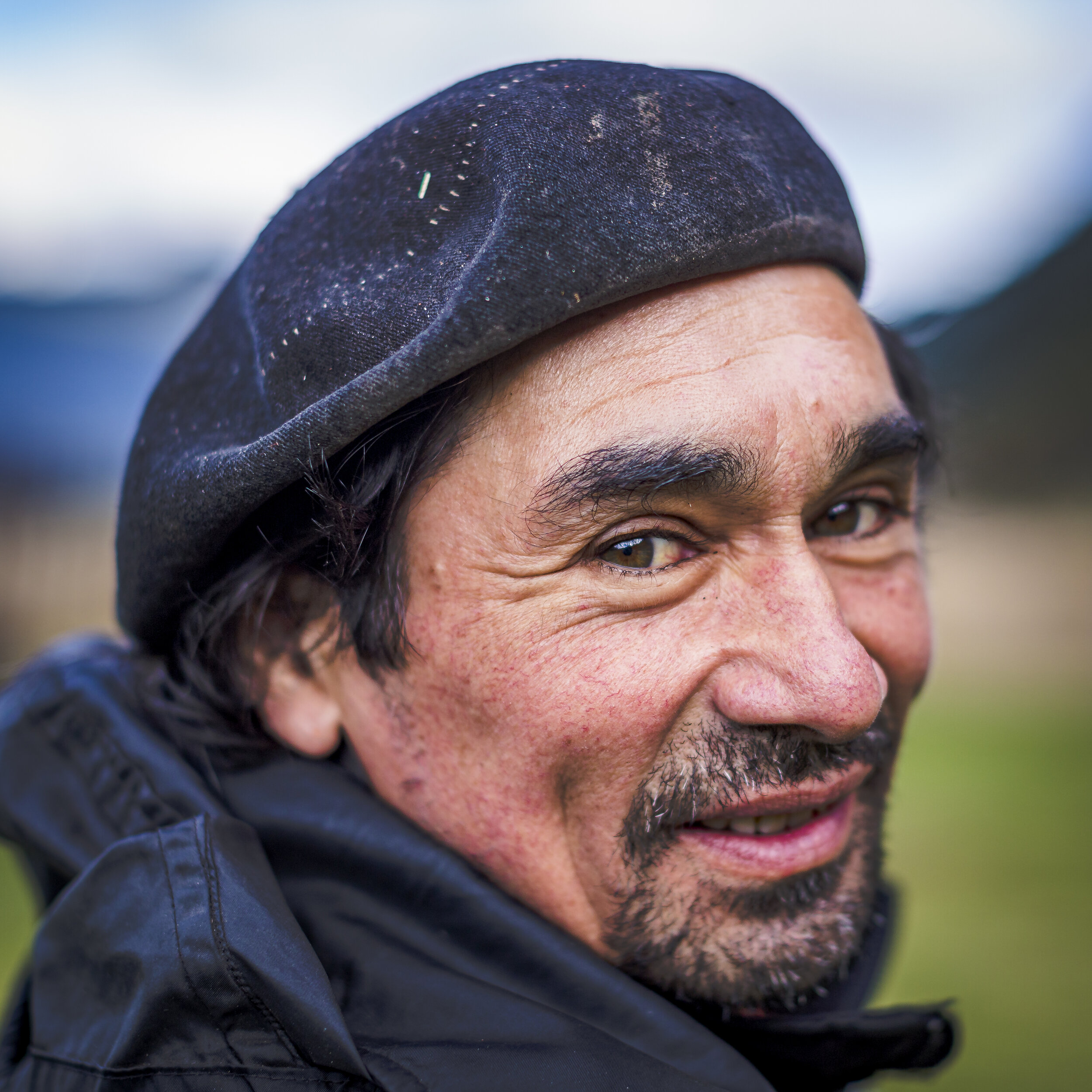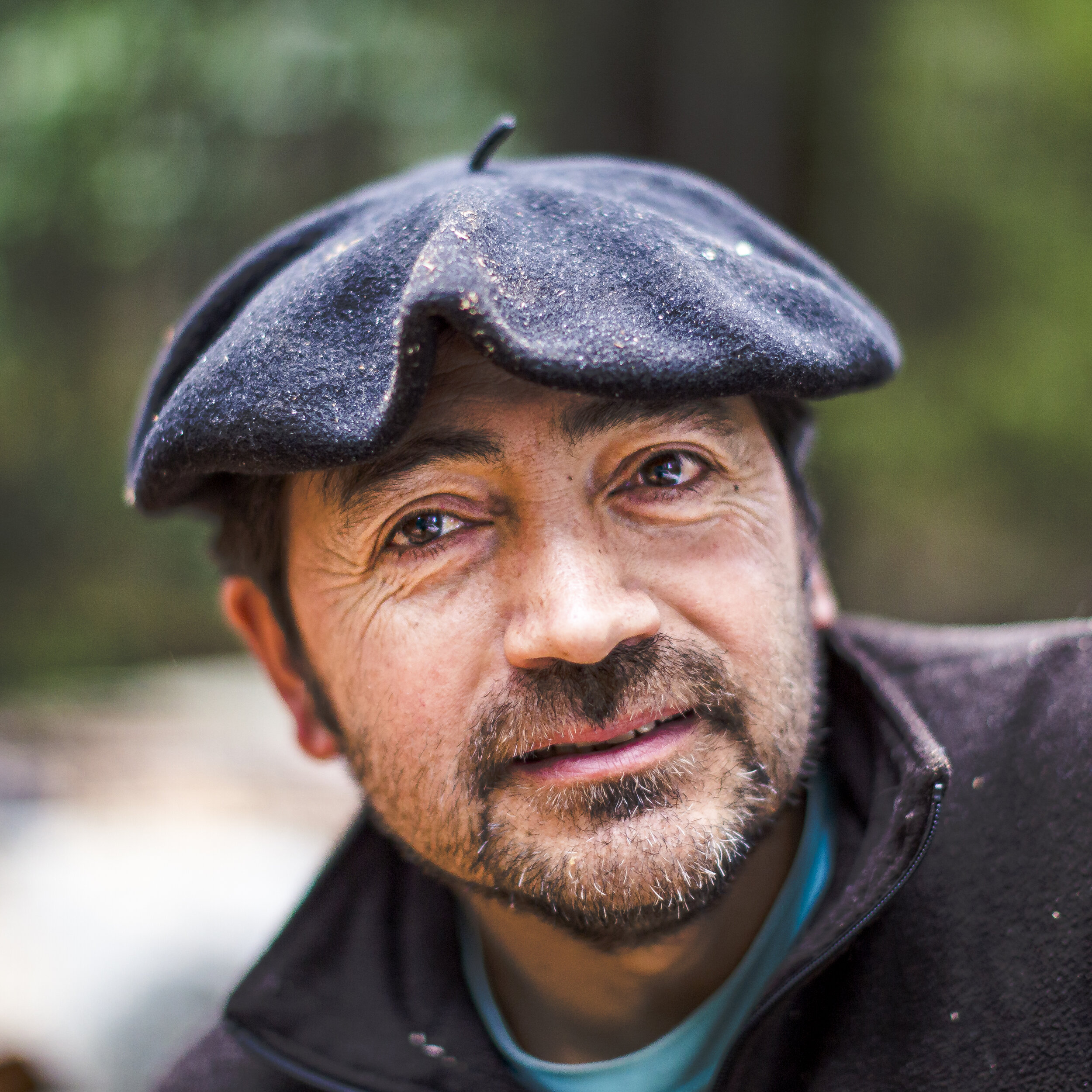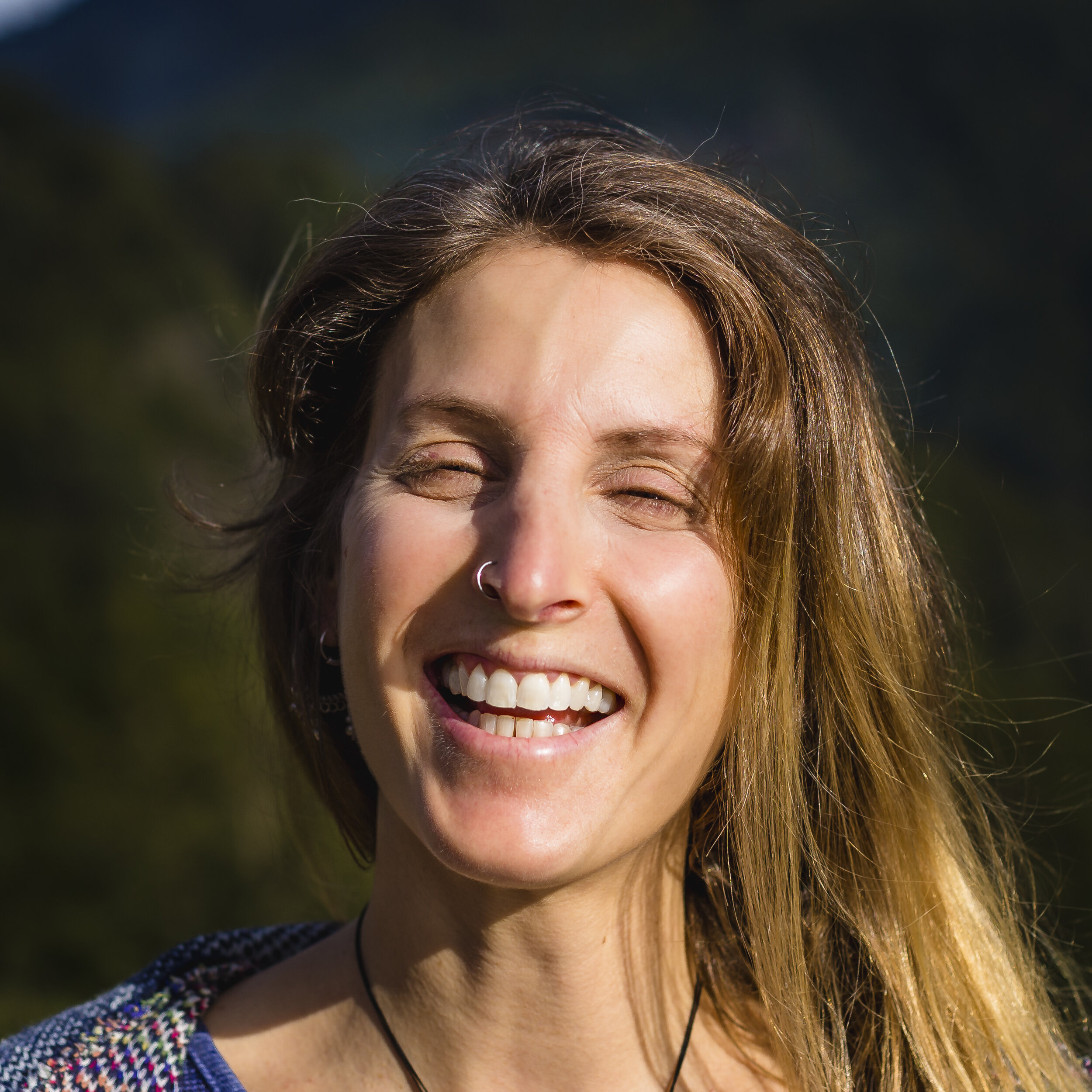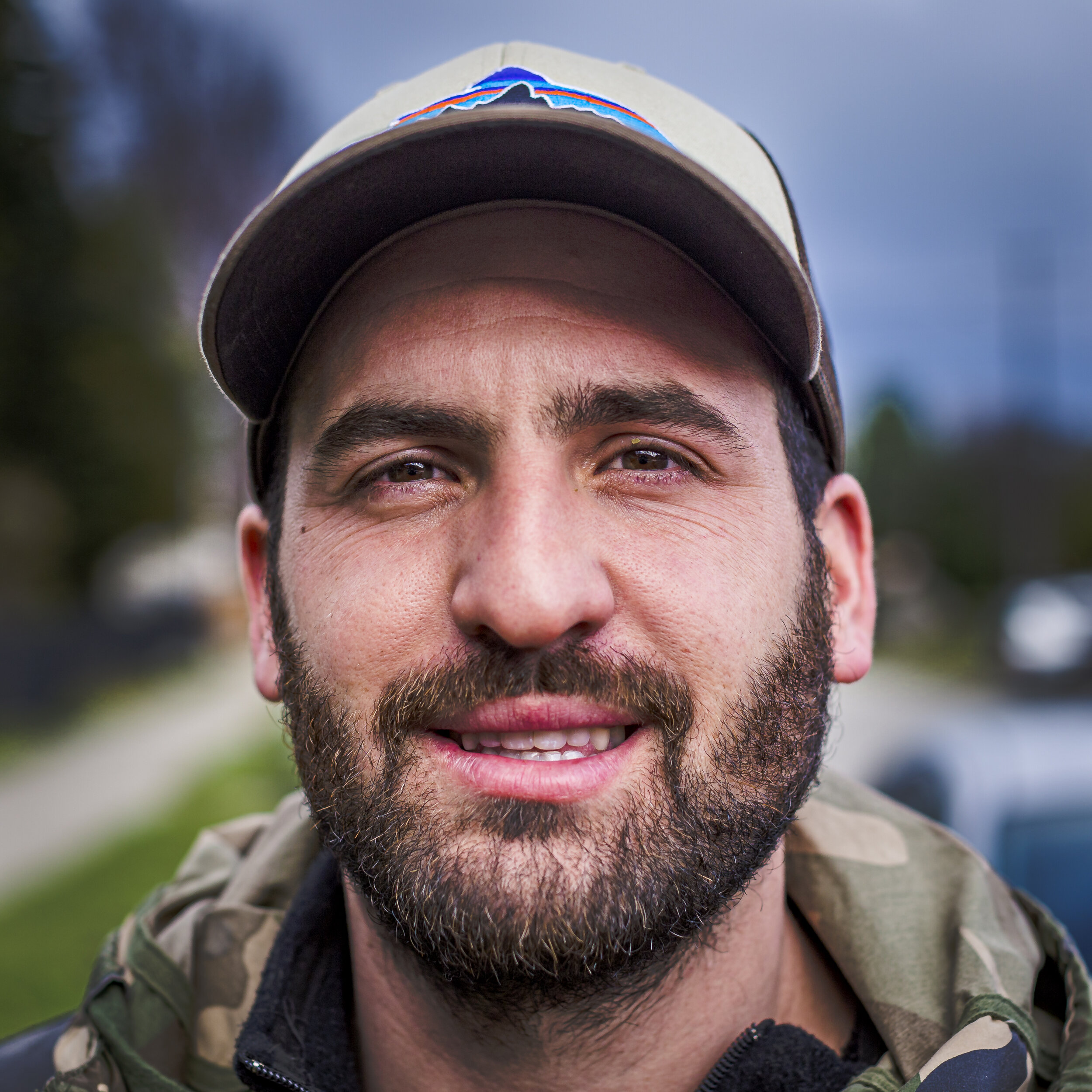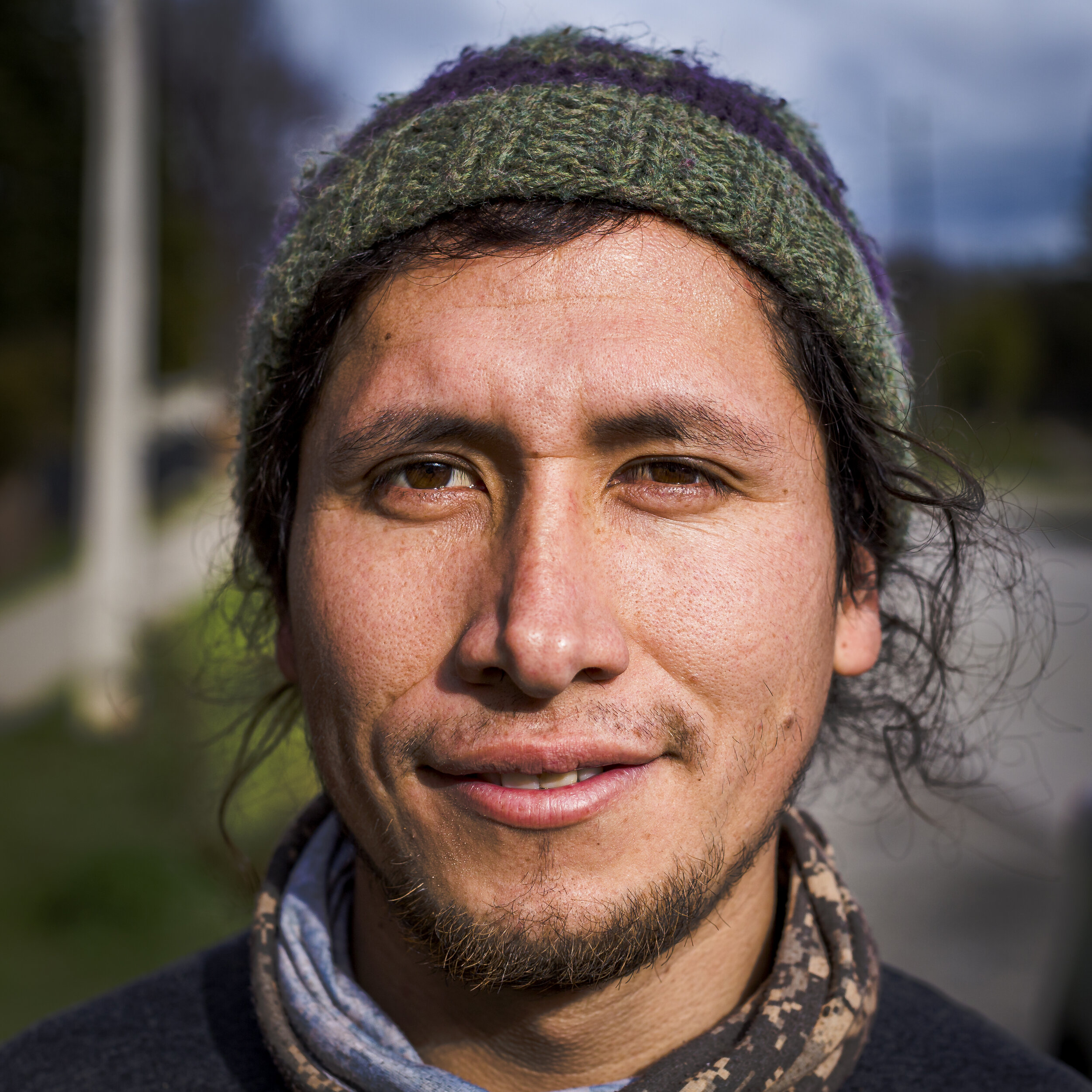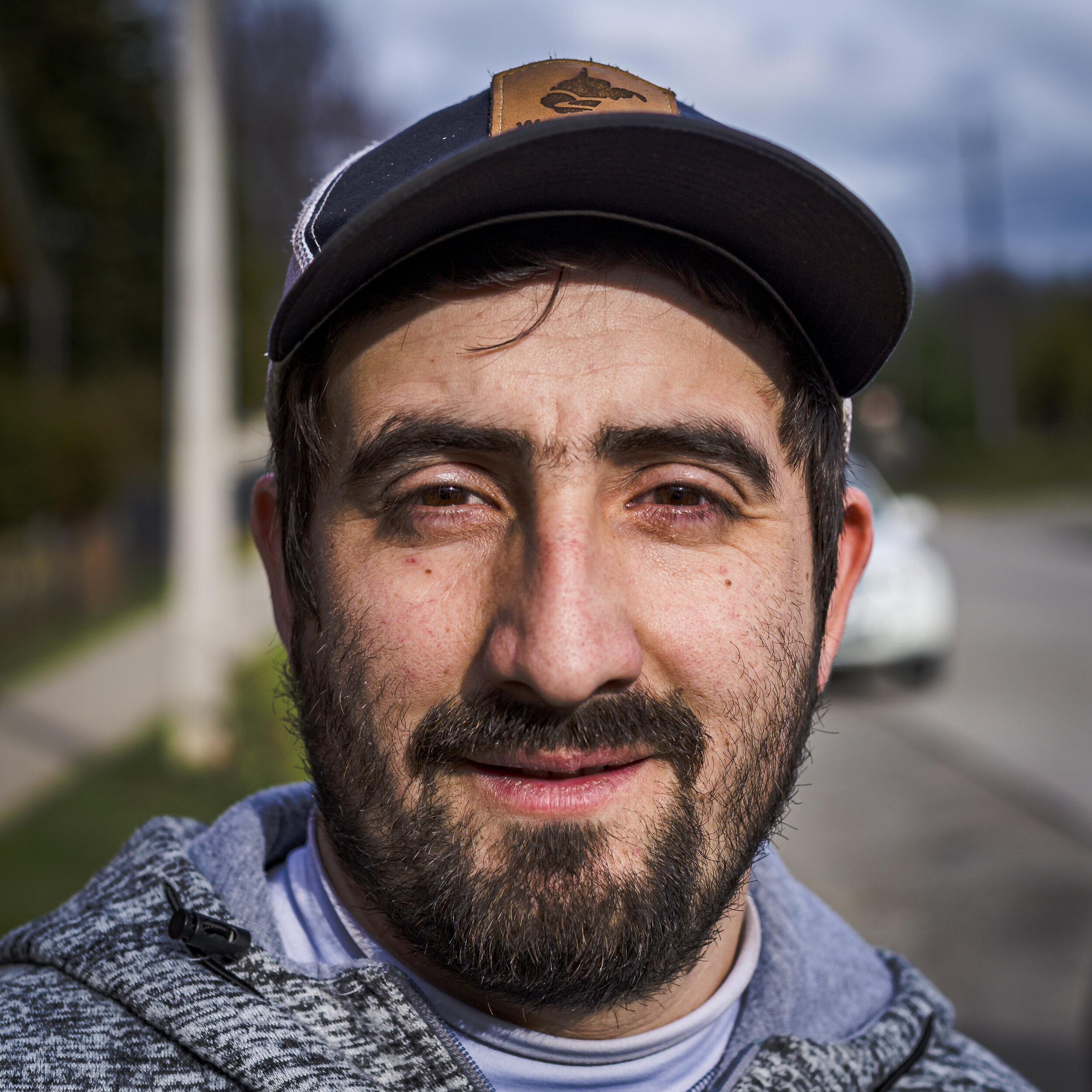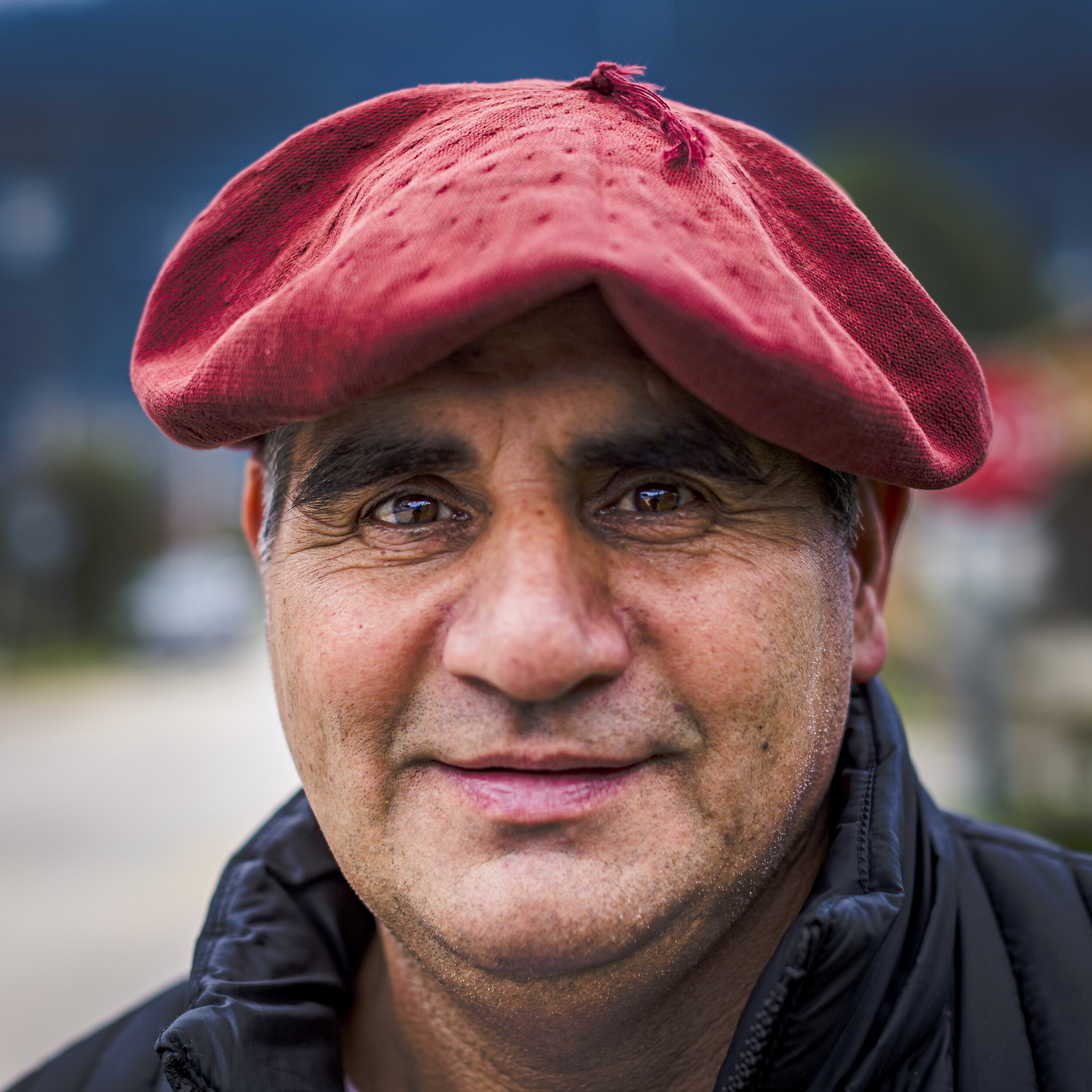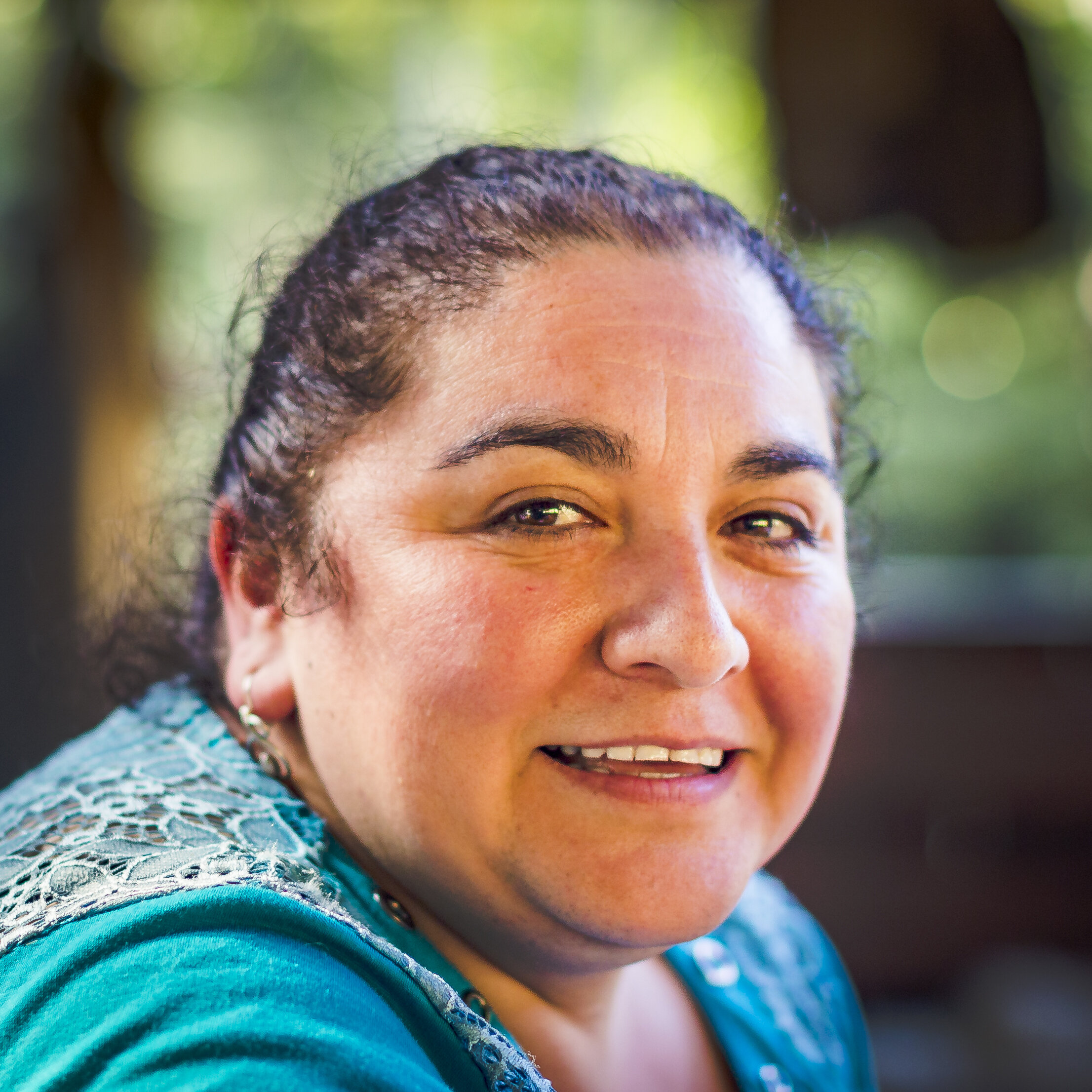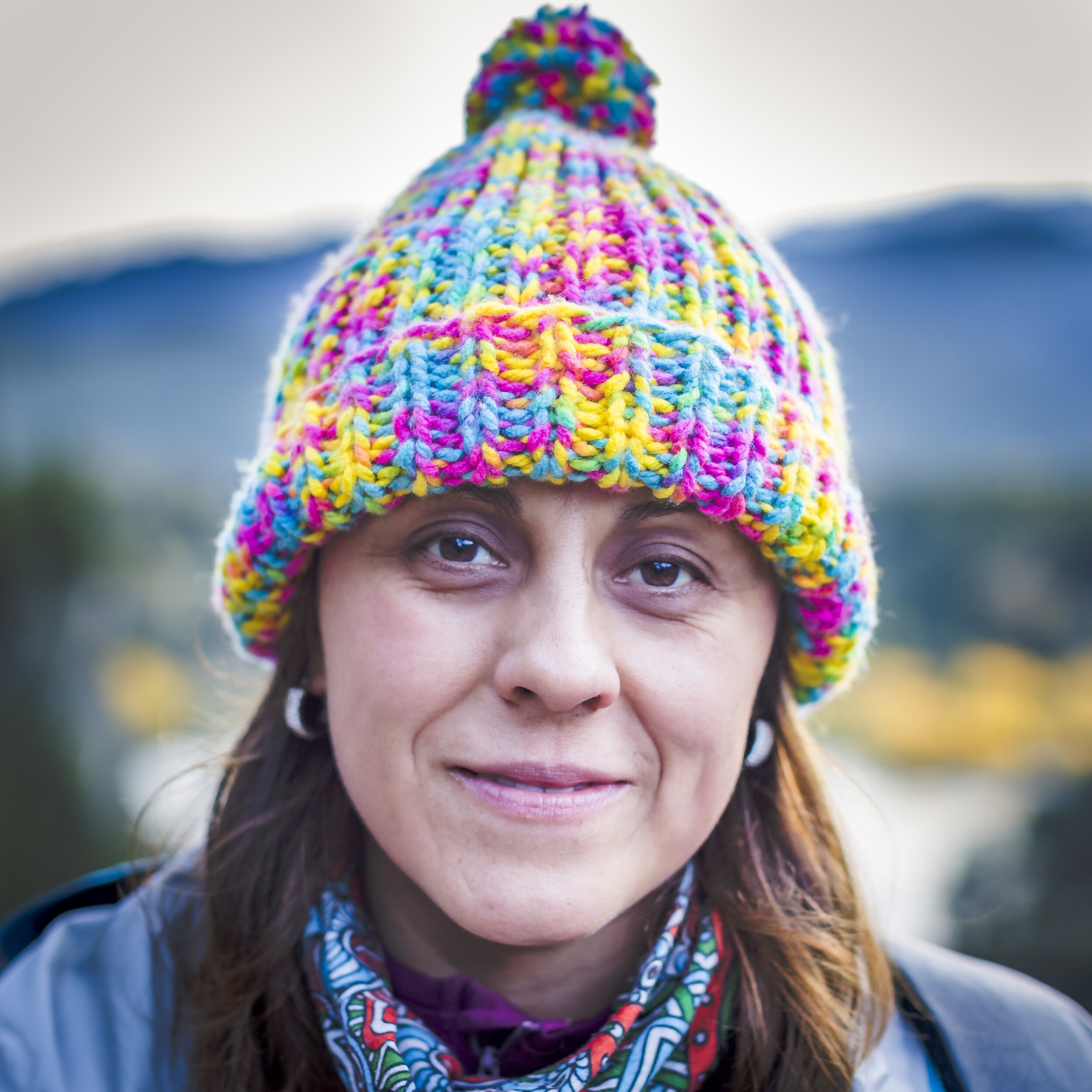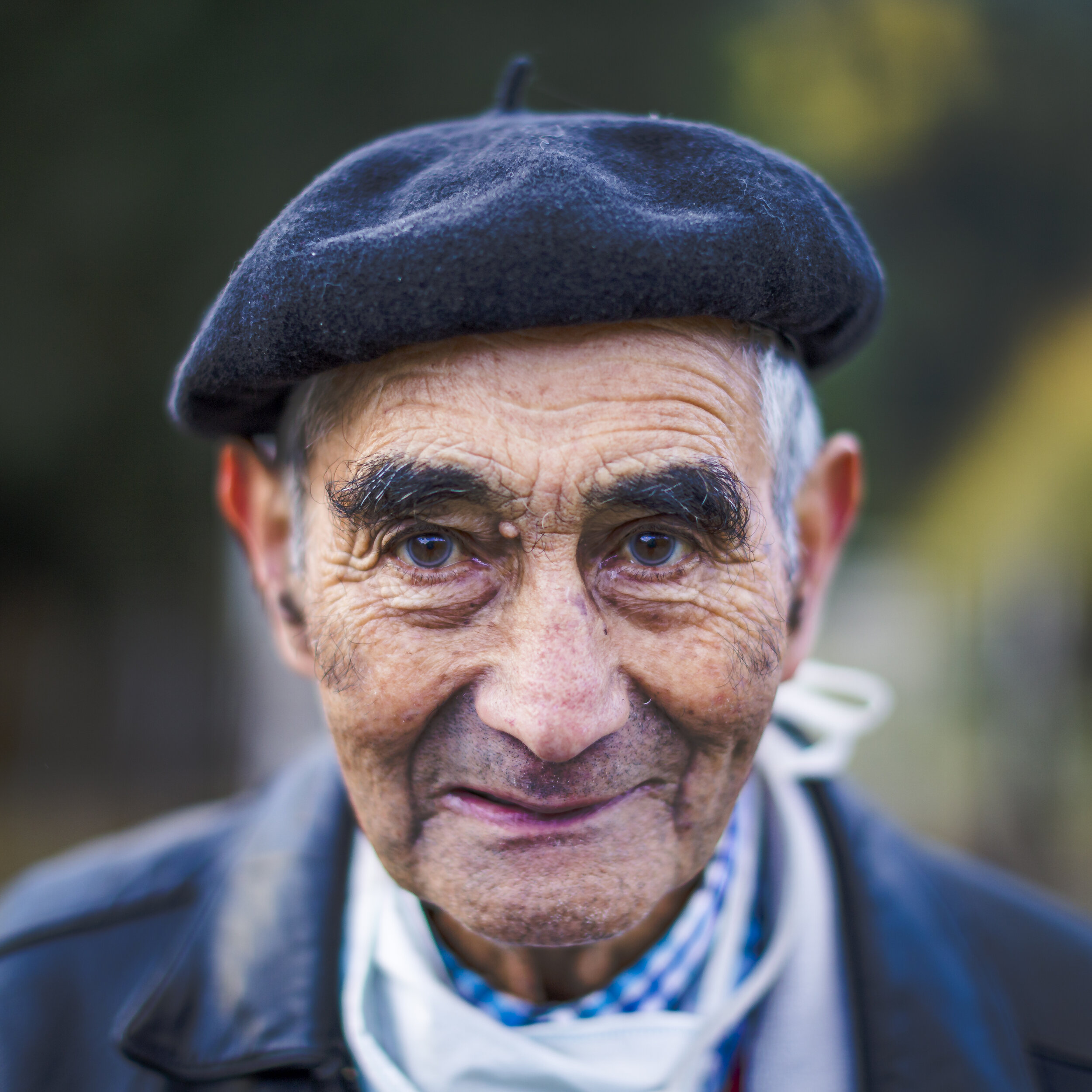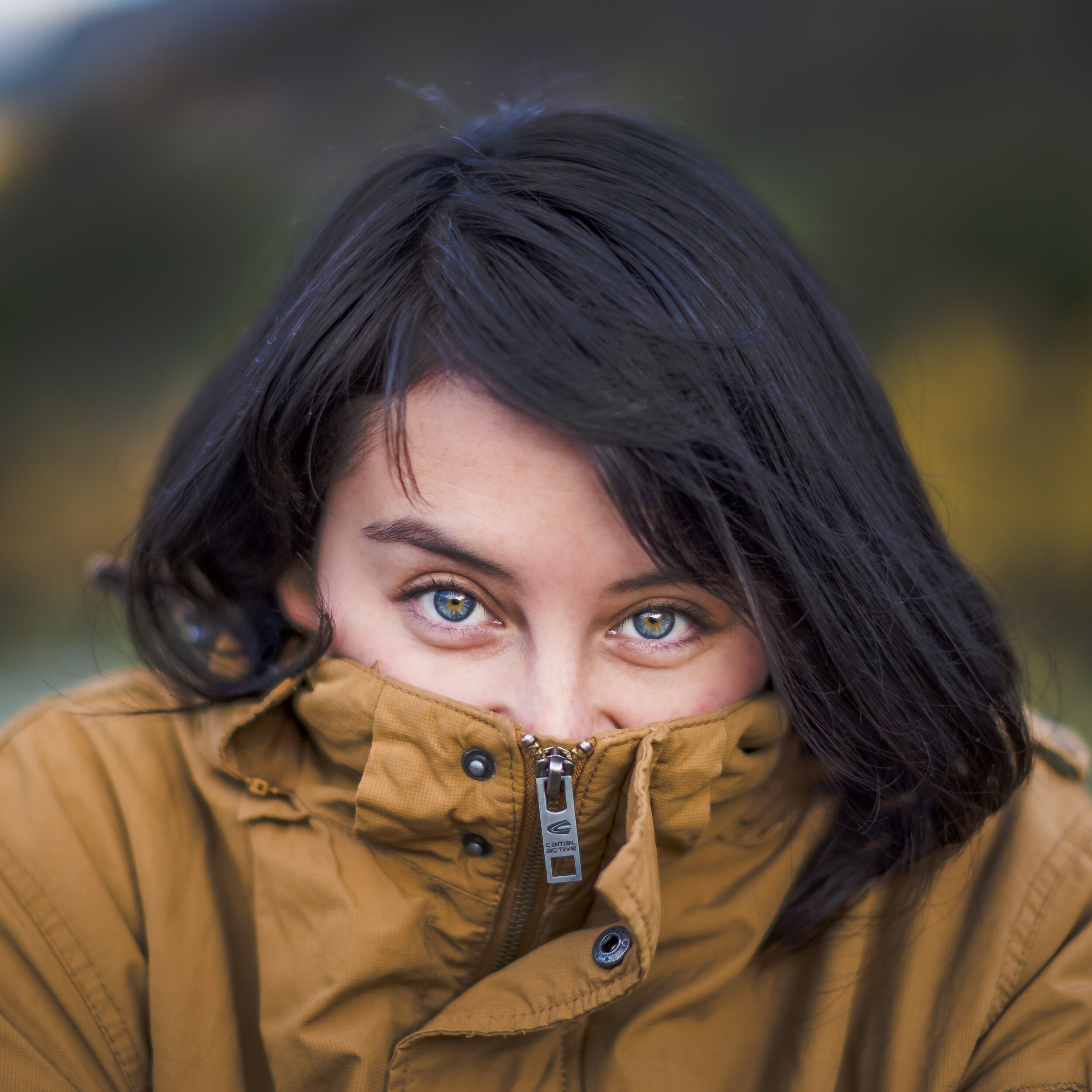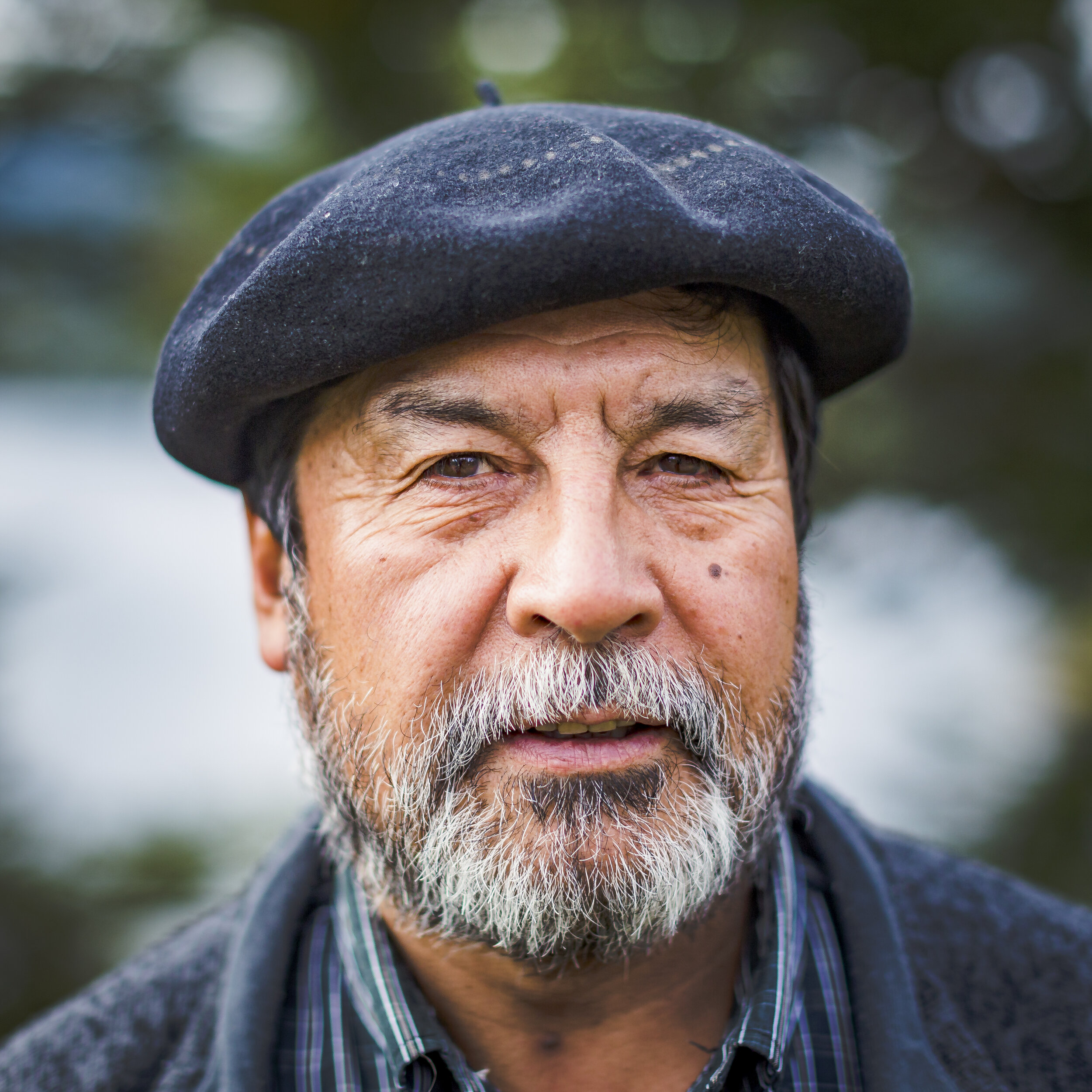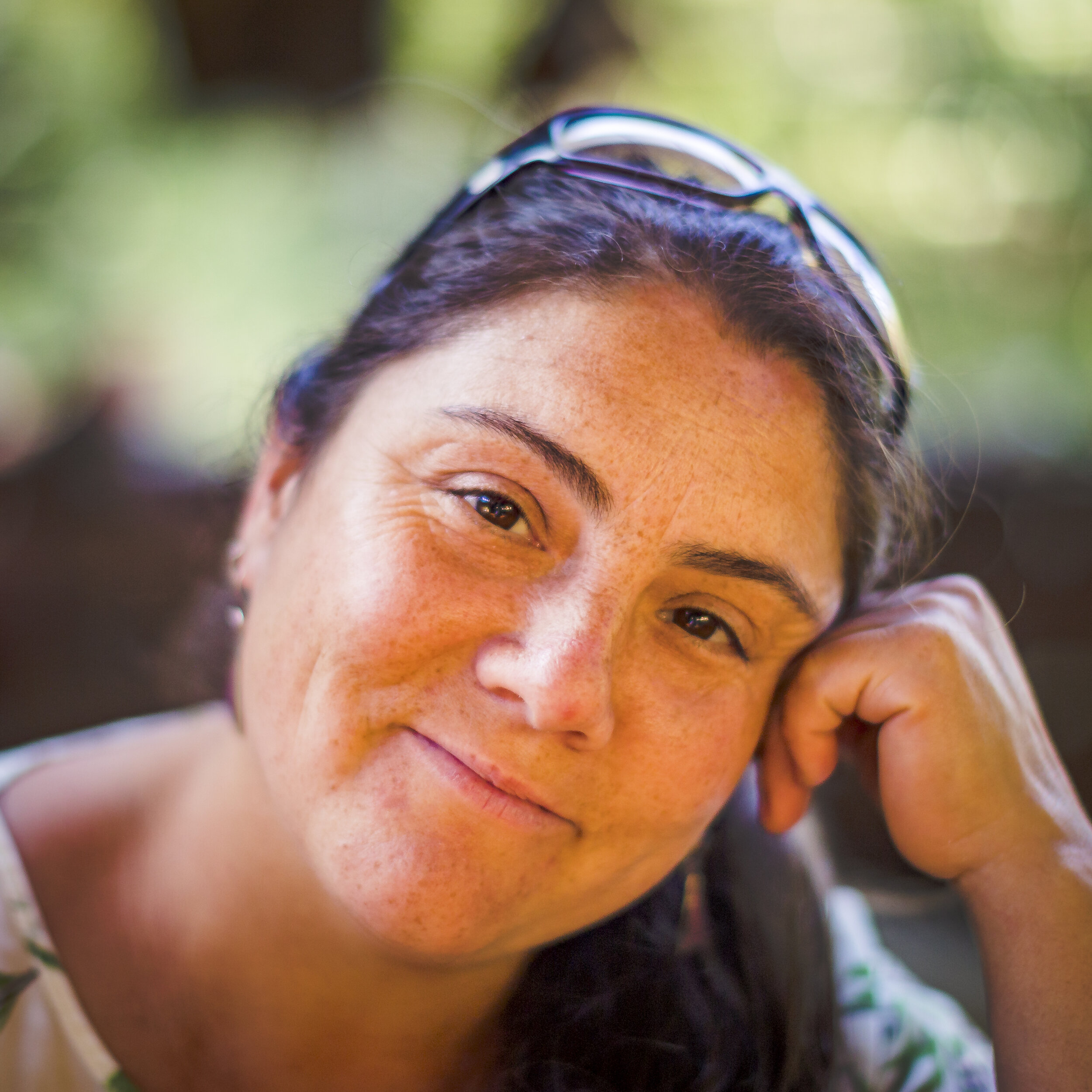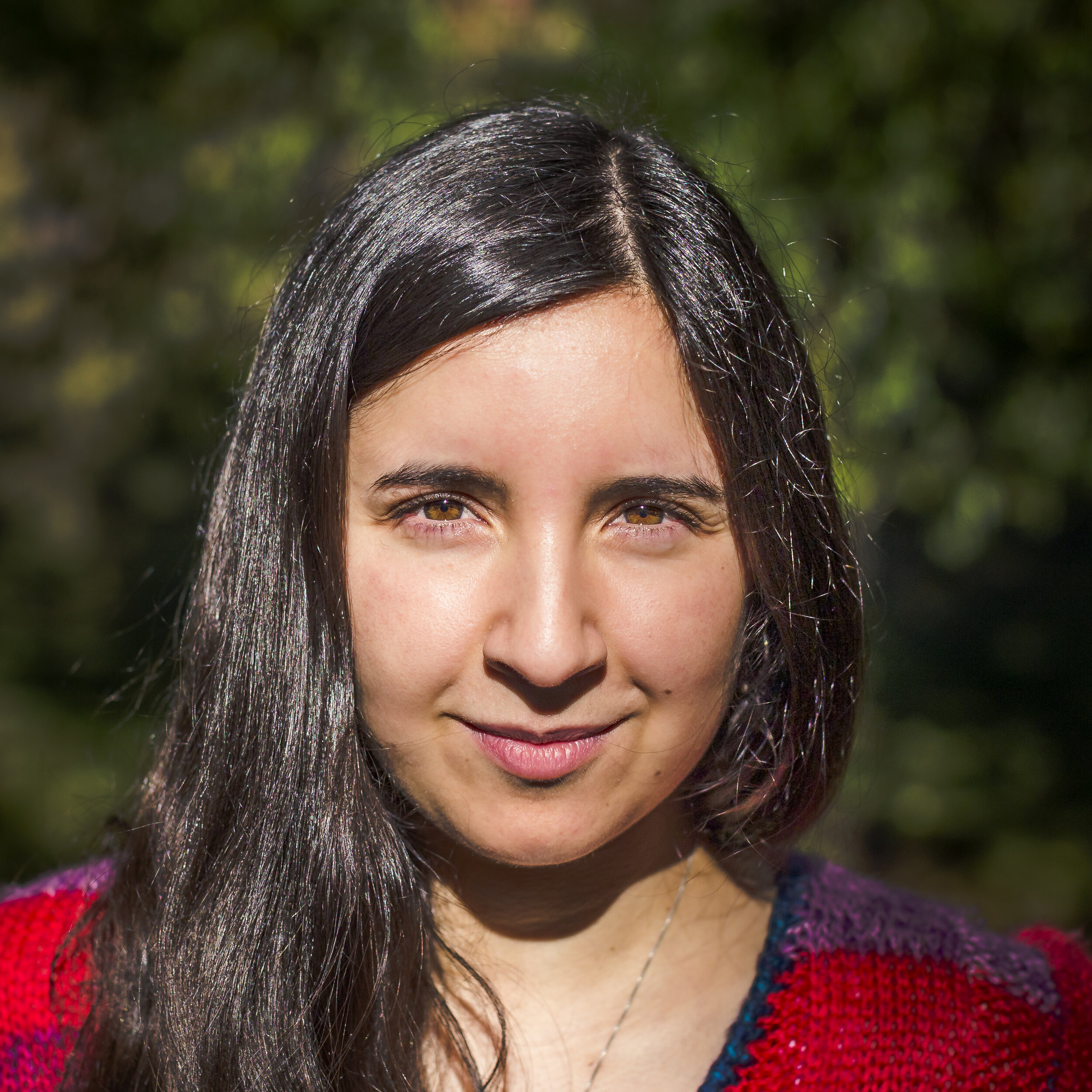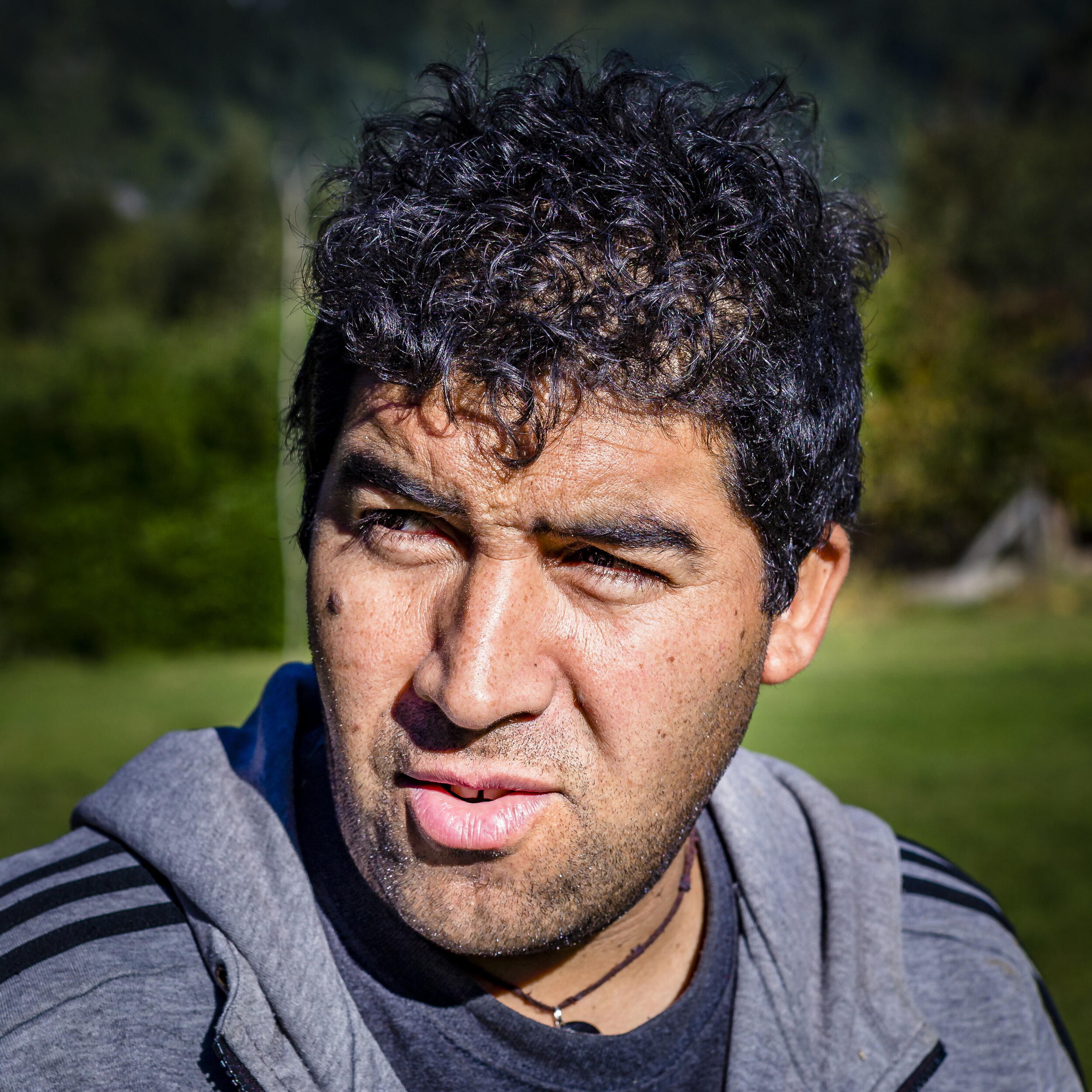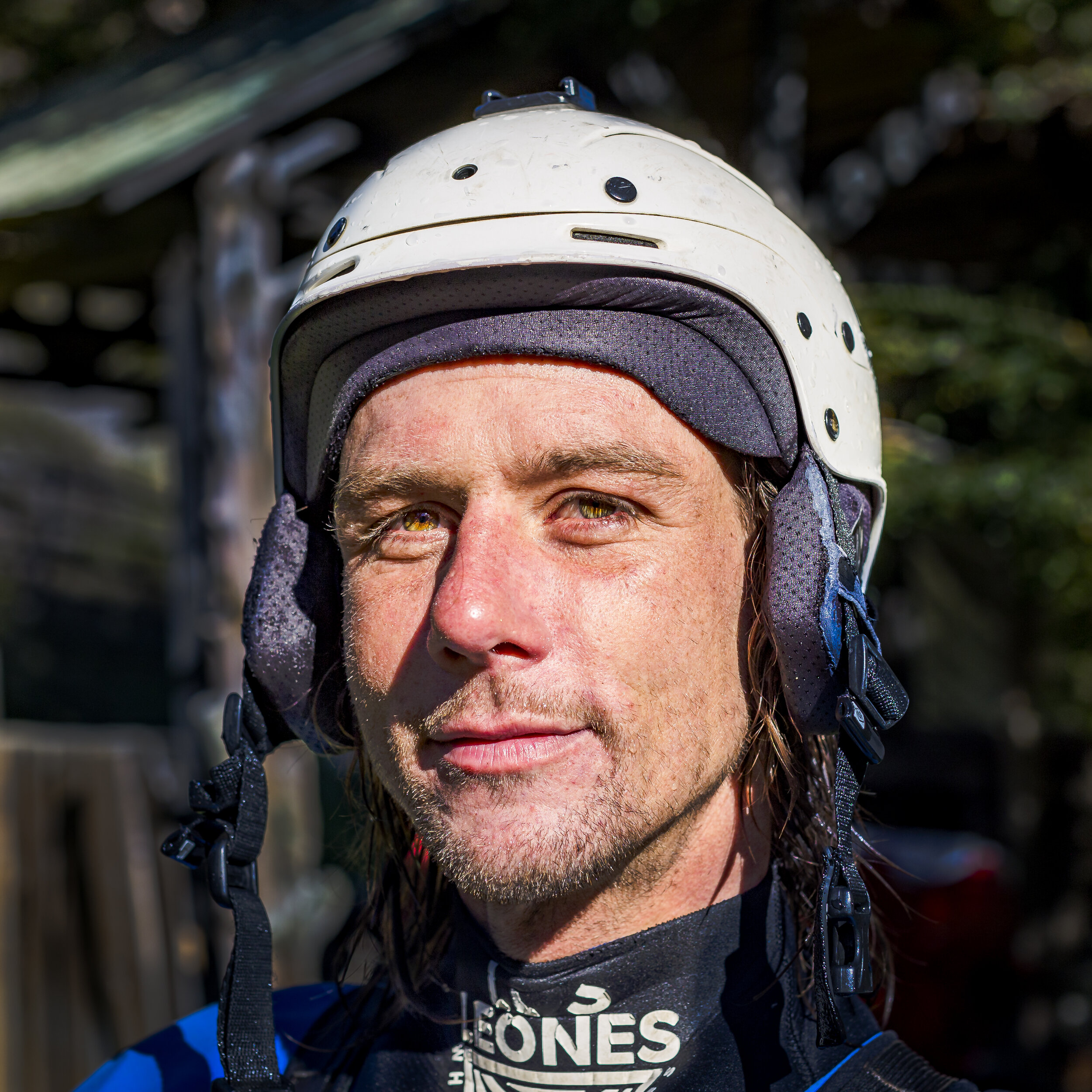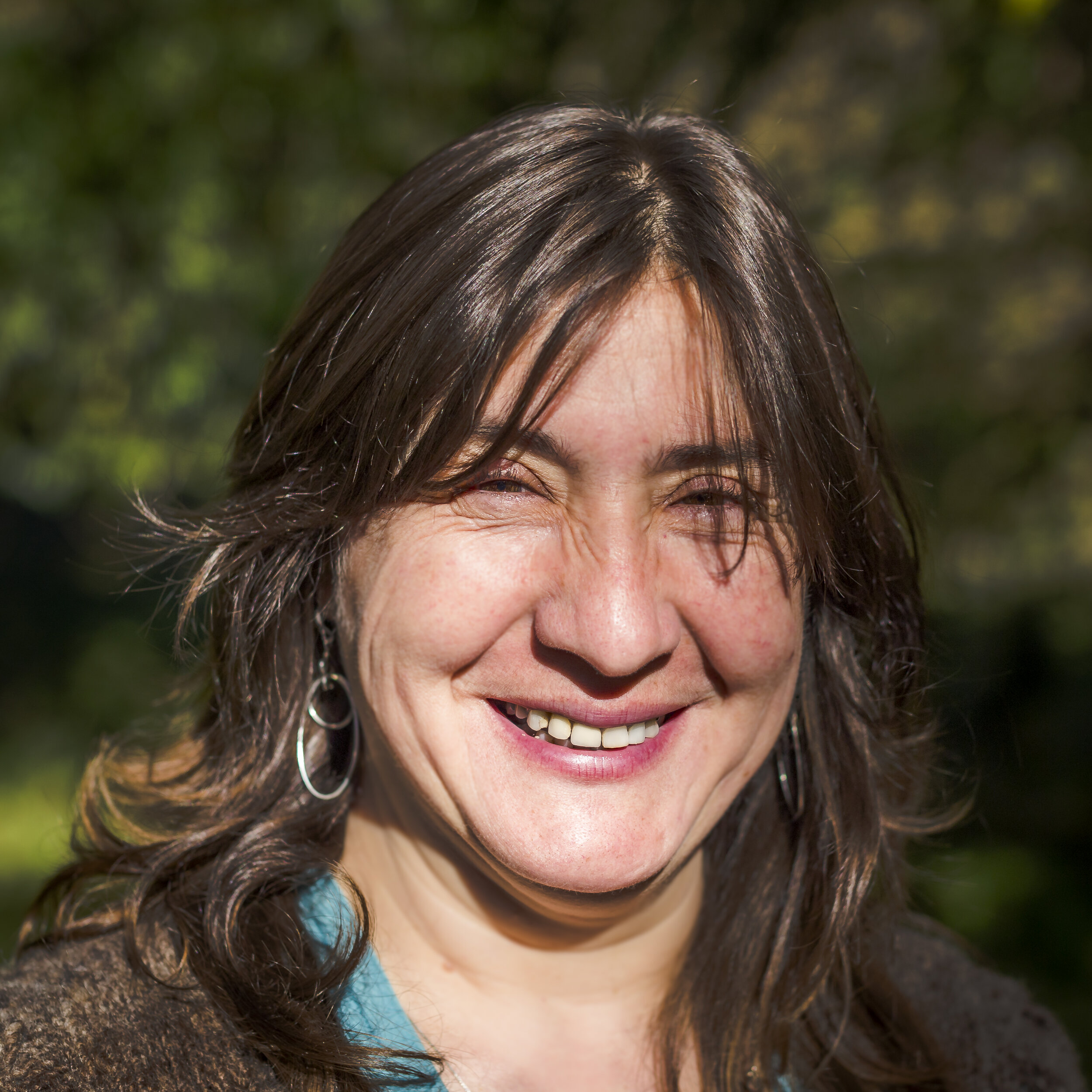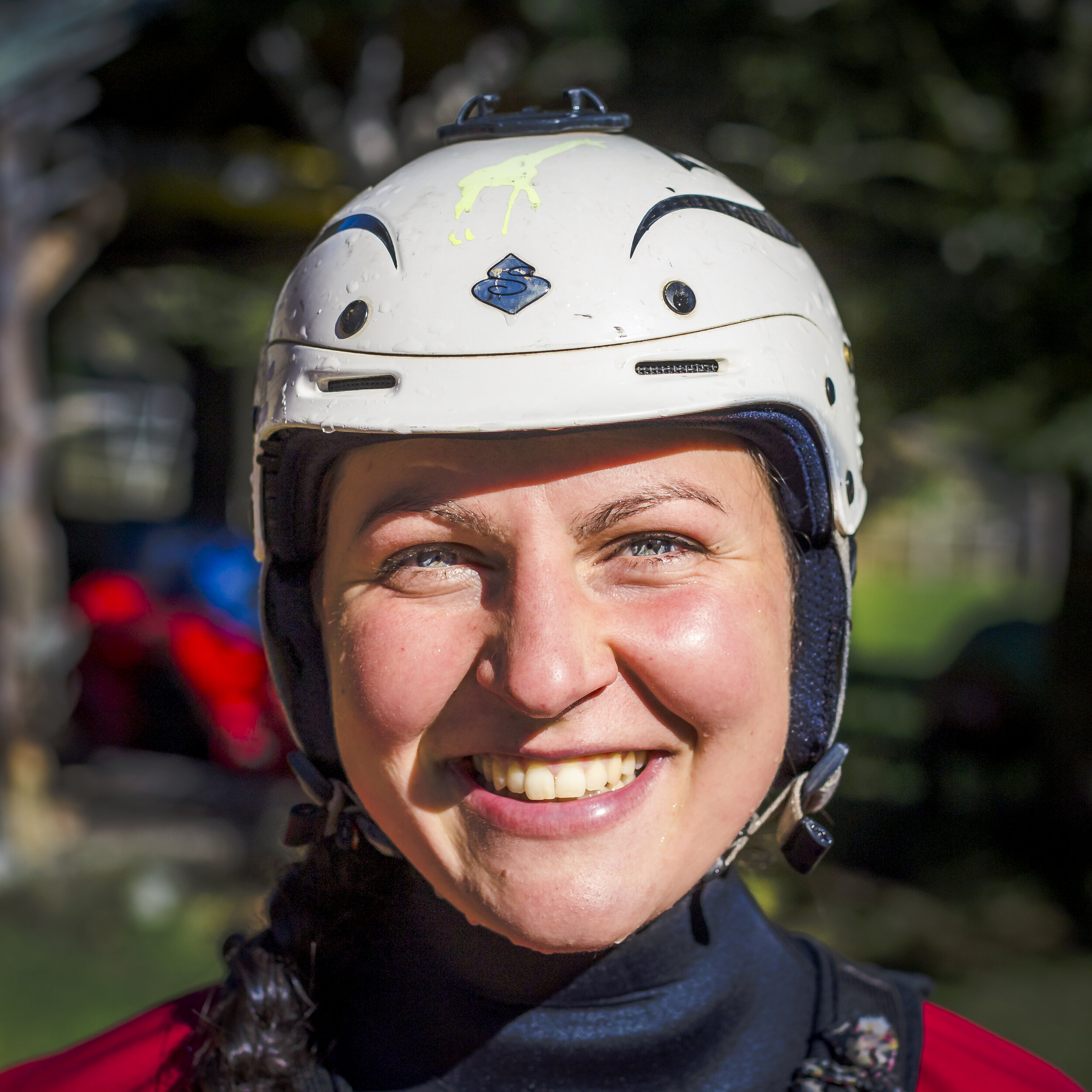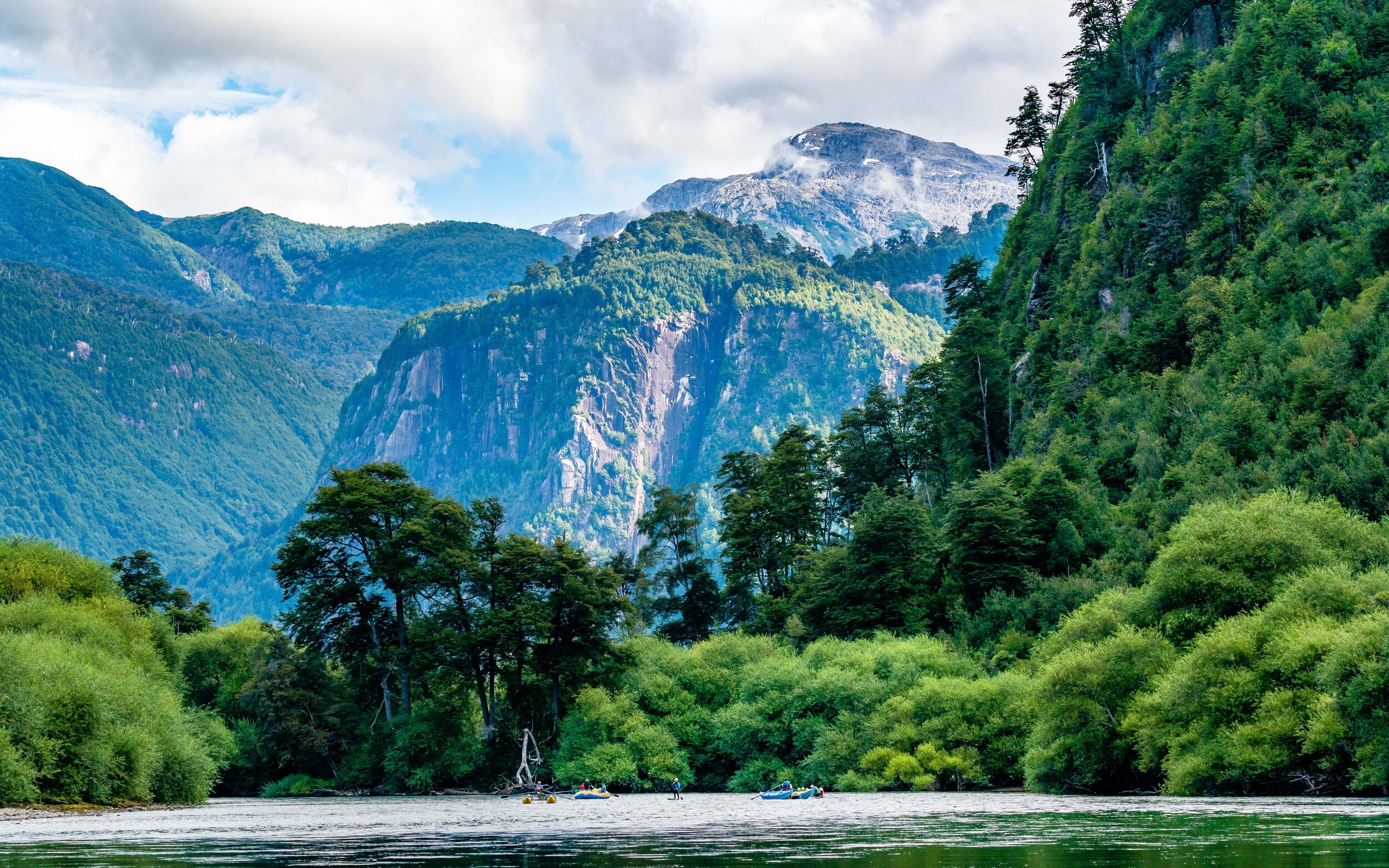Un Paraíso Aparte
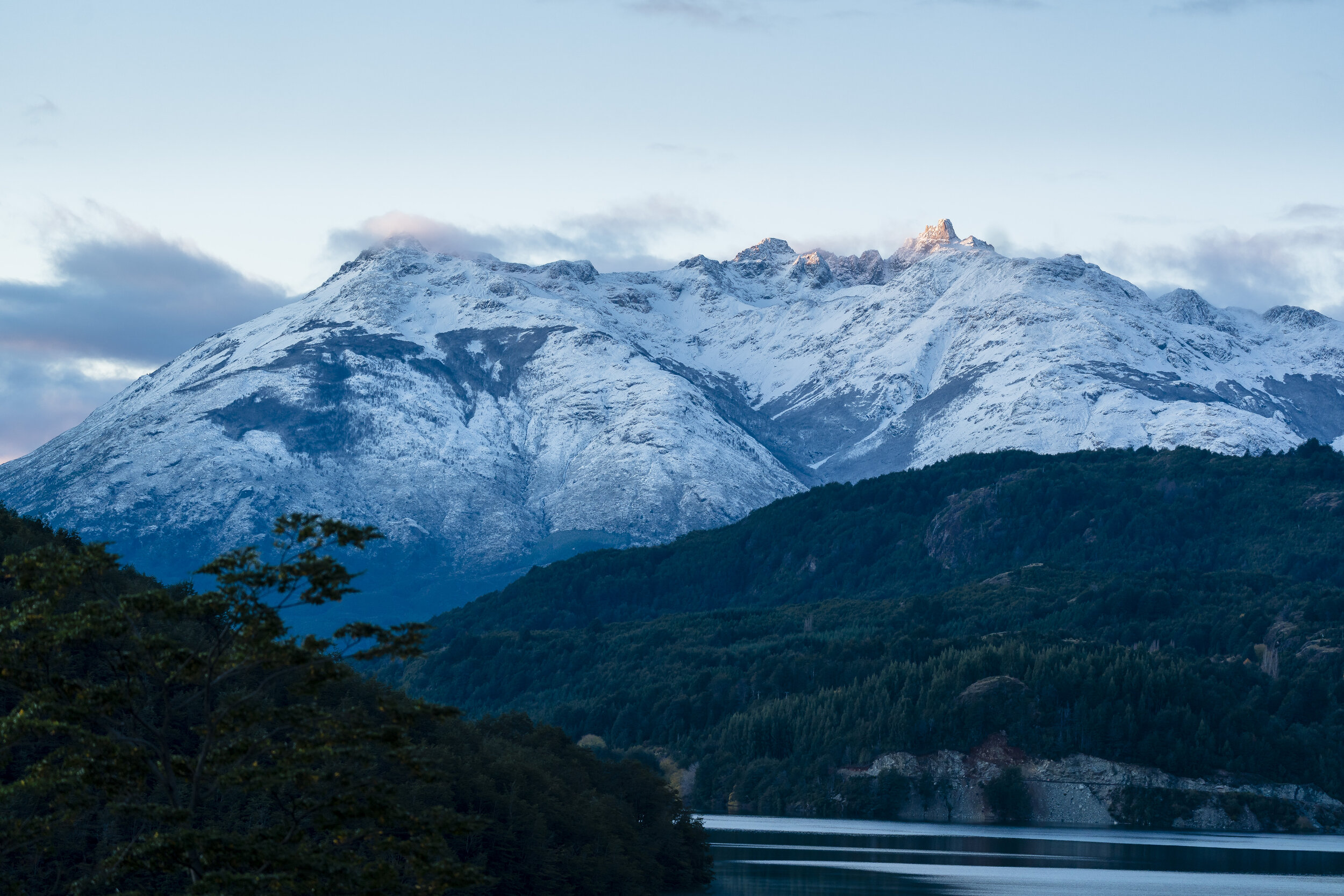
Six months in Futaleufú, Chile in the heart of Patagonia Verde, “A Paradise Apart”.
by Josiah Roe, with video featuring “Glass” by Hania Rani
I wake to the sounds of sheep and “corderitos” outside my cabin; the thump of hooves and the “baa-ing” of the lambs as the herd makes its way across the fields and hills of El Rancho del Lago in Futaleufú, Chile, in the heart of Green Patagonia (“Patagonia Verde”) in the Andes.
Me despierto con los sonidos de ovejas y "corderitos" fuera de mi cabaña; el ruido de los cascos y el "baa-ing" de los corderos mientras el rebaño se abre paso por los campos y colinas de El Rancho del Lago en Futaleufú, Chile, en el corazón de la Patagonia Verde ("Patagonia Verde") en los Andes .
I add a couple of pieces of firewood (“leña”) to the small stove, the only source of heat in the cabin, and place a well-worn tin kettle on top to heat water for the morning’s mate.
I step outside. Like it has done many times these past three months, the view brings me to tears.
Añado un par de leña a la pequeña estufa, única fuente de calor en la cabaña, y coloco encima una vieja tetera de hojalata para calentar agua para el mate de la mañana.
Salgo. Como ha hecho muchas veces estos últimos tres meses, la vista me hace llorar.
Everything is golden and awash with diffused light. Rising and falling fog banks move across the deep blue of Lago Lonconao and through the surrounding forests of cypress, over green fields and up to snow-capped mountains cut by endless waterfalls.
Todo se torna dorado y se inunda de una luz difusa. Los bancos de niebla ascendentes y descendentes se mueven a través del azul profundo del Lago Lonconao y a través de los bosques de cipreses circundantes, sobre campos verdes, hasta montañas cubiertas de nieve cortadas por interminables cascadas.
Lago Lonconao, like much of the region, was formed by glaciers and is fed by dozens of streams and waterfalls. Its small outflow leads to the Rio Azul and then to the centerpiece of the region, the Futaleufú River, which eventually connects to the Pacific Ocean.
El Lago Lonconao, como gran parte de la región, fue formado por glaciares y es alimentado por decenas de arroyos y cascadas. Su pequeña desembocadura conduce al Río Azul y luego a la pieza central de la región, el Río Futaleufú, que eventualmente se conecta con el Océano Pacífico.
There is no rain today, so I take the opportunity to re-stock my supply of firewood from the woodshed (“leñera”) . The work of finding, felling, cutting, transporting, and storing firewood is absolute, unceasing, and everywhere-present. Güey (oxen and pronounced “way”) are commonly used for moving large trees; tractors are preferred but expensive and rare.
Hoy no llueve, así que aprovecho para reabastecer mi suministro de leña de la leñera. El trabajo de encontrar, talar, cortar, transportar y almacenar leña es absoluto, incesante y está presente en todas partes. Güey (bueyes y se pronuncia como se escribe) se usan comúnmente para mover árboles grandes; los tractores son los preferidos, pero generalmente son caros y raramente usados.
I ask Joel Vallejos, a local who owns Sweet Vari cafe, if firewood theft is common. With a look of confusion and partial disgust, “No, nunca aca”. (“No, never here.)
Le pregunto a Joel Vallejos, un habitante local quien es dueño de la cafetería del pueblo: “Sweet Vari Café” si el robo de leña es común. Con una mirada confusa y con un disgusto parcial dice: “No, nunca acá”.
I head southwest down the valley, passing poncho-clad gauchos on horseback along the way. Friends and I have planned to float the “El Macal” flatwater section of the Futaleufù River, perfect for a warm, early-fall day of beers, swimming, and fly fishing the spawning salmon, amid a backdrop of towering granite walls, waterfalls, and forests.
Me dirijo hacia el sudoeste por el valle, pasando gauchos vestidos con poncho a caballo por el camino. Amigos y yo hemos planeado flotar en la sección de aguas tranquilas llamadas "El Macal", del río Futaleufú, perfecto para un día cálido de principios de otoño con cervezas, natación y pesca con mosca del salmón que desova, en medio de un telón de fondo de imponentes paredes de granito, cascadas, y bosques.
Futaleufú, or “The Fu” as it’s commonly called, means “Big River” in Mapudungun, the language of the regions original inhabitants, the Mapuche. The Fu’s vibrant blue water and world-class rapids have made it legendary in the kayaking and rafting community.
Futaleufú, o "El Fu" como se le llama comúnmente, significa "Río Grande" en Mapudungun, el idioma de los habitantes originales de la región, los Mapuche. El agua azul vibrante del Fu y los rápidos de clase mundial lo han convertido en un lugar legendario en la comunidad de kayak y del rafting.
From spring to fall, the area fills with rafters, kayakers, and fly-fishing enthusiasts from around the world on day trips and multi-sport-multi-day tours. In mid-summer, there is the Futaleufú XL, where kayakers from around the world compete on rapids with names like “Infierno Canyon,” “Himalayas,” “Pillows,” and “Casa de Piedra.”
Desde la primavera hasta el otoño, el área se llena de personas dedicadas al rating, kayakistas y entusiastas de la pesca con mosca de todo el mundo en excursiones de un día y recorridos multideportivos de varios días. A mediados del verano, está el Futaleufú XL, donde los kayakistas de todo el mundo compiten en rápidos con nombres como “Infierno Canyon”, “Himalaya”, “Pillows” y “Casa de Piedra”.
Hostels (“hospedaje”) and cabins (“cabañas”) like mine are the most common lodging options, though several boutique hotels like Uman and Raudal have opened in the last few years.
There are no hotel or restaurant chains.
Los albergues (“hospedajes”) y las cabañas como la mía, son las opciones de hospedaje más comunes, aunque varios hoteles boutique como Uman y Raudal han abierto en los últimos años.
No existen cadenas de hoteles o restaurantes.
Rain returns the following morning. The owner of my cabin, Juan Vallejos, asks me to assist his two sons in bringing the cattle down off the mountain. He hands me a poncho, knit by his wife Margarita and made of wool from their sheep.
La lluvia vuelve a la mañana siguiente. El dueño de mi cabaña, Juan Vallejos, me pide que ayude a sus dos hijos a bajar el ganado de la montaña. Me entrega un poncho, tejido por su esposa Margarita, el cual está hecho con lana de sus ovejas.
Before the Futaleúfu was popularized by Chris Spelius and others the early 90’s, cattle and firewood were the primary drivers of the local economy, and remain essential to this day.
The wind and rain is biting and cold, and the two cattle dogs, Cindy and Balto, dart in and out of the dense forest, flushing more than forty head of cattle. Juan makes loud calls and whistles, gathering the cattle to him.
Antes de que Futaleufú fuera popularizado por Chris Spelius y otros, a principios de los 90´s, el ganado y la leña eran los principales impulsores de la economía local y siguen siendo esenciales en la actualidad.
El viento y la lluvia son fuertes y fríos, y los dos perros de ganado, Cindy y Balto, entran y salen del denso bosque, arrojando más de cuarenta cabezas de ganado. Juan grita y suelta silbidos fuertes, recogiendo el ganado.
He gestures for me to follow him through a row of trees. On the edge of a field is an abandoned and decaying wooden farm house.
He stands in front and says with a heavy Patagon accent, “yo nací aquí” (I was born here).
Margarita Cortez, his wife, was born across the road. They have been together all their lives.
Me hace un gesto para que lo siga a través de una hilera de árboles. En el borde de un campo hay una granja de madera abandonada y en descomposición.
Él se para al frente y dice con fuerte acento patagónico, “Yo nací aquí”.
Margarita Cortez, su esposa, nació al otro lado de la calle. Han estado juntos toda su vida.
The following morning the family gathers to slaughter and butcher a yearling cow. Most of the cow’s parts are used.
That evening family and friends gather for an “asado,” a barbecue. There is Chilean wine (carmenere and cabernet-sauvignon), ají salsa (local peppers), carrots, potatoes, and fernet.
A la mañana siguiente, la familia se reúne para sacrificar y degollar una vaca de un año. Se utiliza la mayoría de las partes de la vaca.
Esa noche, familiares y amigos se reúnen para un "asado", una barbacoa. Hay vino chileno (carmenere y cabernet-sauvignon), salsa ají (pimientos locales), zanahorias, papas y fernet.
A friend of the family, Miguel, produces a plastic bottle of “Chicha caliente,” a locally made, potent hard apple cider. With each cup my Spanish improves.
Un amigo de la familia, Miguel, produce una botella de plástico de "Chicha caliente", una potente sidra de manzana dura de fabricación local. Con cada taza mi español mejora.
As I walk back to the cabin I look up to see the Southern Cross, the mountains, and lake lit by the crescent moon. There is no light pollution and I cannot recall the last time I saw an airplane in the sky.
Mientras camino de regreso a la cabaña, miro hacia arriba para ver la “Cruz del Sur”, las montañas y el lago iluminado por la luna creciente. No hay contaminación lumínica y no recuerdo la última vez que vi un avión en el cielo.
The Futaleufú area is geographically isolated, only some 20km from the (now-closed) border with Argentina, and then a 3.5-hour drive by dirt road to the nearest town on the coast. From there you must take a 10 hour ferry ride to the mainland. The small airstrip in town is only serviced by private charters.
El área de Futaleufú está geográficamente aislada, a solo unos 20 km de la frontera (ahora cerrada) con Argentina, y luego un viaje de 3,5 horas por camino de tierra hasta la ciudad más cercana en la costa. Desde allí, se debe tomar un viaje en ferry de 10 horas al continente. La pequeña pista de aterrizaje de la ciudad solo es atendida por vuelos privados.
The area is broken down into several sectors: El Pueblo (the town itself), El Limite (near the border), Rio Chico, Noroeste, El Espolon, Las Escalas, La Confluencia, La Difficultad, El Azul, and Lonconao. Outside the town, accessibility into each sector is often difficult. Roads are unpaved or 4WD only, Las Escalas is split in two by The Fu with only a small pedestrian bridge connecting the halves.
There are still campos and ranches in high mountain valleys accessible only by horseback, and most of El Espolon is accessible only by boat from the tiny port of Puerto Calderon, taking passengers every few days to campos in remote valleys along the lake.
El área se divide en varios sectores: El Pueblo (el pueblo mismo), El Limite (cerca de la frontera), Río Chico, Noroeste, El Espolón, Las Escalas, La Confluencia, La Difficultad, El Azul y Lonconao. Fuera de la ciudad, la accesibilidad a cada sector suele ser difícil. Las carreteras no están pavimentadas o son solo 4WD, Las Escalas está dividida en dos por El Fu, con solo un pequeño puente peatonal que conecta las mitades.
Todavía hay campos y ranchos en los valles de alta montaña accesibles solo a caballo, y la mayor parte de El Espolón es accesible solo en bote, llevando pasajeros cada pocos días a campos en valles remotos a lo largo del lago.
In each sector are the families who have lived there for generations: the Melinao and Cortez in Lonconao, Troncoso & Gallardo in El Espolon, Sepulveda in Rio Chico, and the Zapatas and Toros in El Azul, to name a few. The families are synonymous with each sector, and to be a non-local living there all but requires your adoption.
En cada sector están las familias que han vivido allí por generaciones: los Melinao y Cortez en Lonconao, Troncoso & Gallardo en El Espolón, Sepúlveda en Río Chico, y los Zapatas y Toros en El Azul, por nombrar algunos. Las familias son sinónimos de cada sector, y ser un no-local viviendo allí casi requiere su adopción.
This morning I head with Natalia Ibanez from the Municipality to Sector Noroeste and the campo of Rubén San Martín, where they are making chicha. Baskets of apples are washed, ground, mashed and fermented.
Esta mañana me dirijo con Natalia Ibáñez del Municipio al Sector Noroeste y al campo de Rubén San Martín, donde están elaborando chicha. Las cestas de manzanas se lavan, se muelen, se trituran y se fermentan.
As the sun sets, a large enamel cup of chicha is passed between those in attendance. A gaucho rides into camp on horseback with the sheep and dogs in tow.
Cerro Conico, the tallest peak in the area, turns pink, purple, and blue in the evening alpenglow.
Cuando se pone el sol, se pasa una gran taza esmaltada de chicha entre los asistentes. Un gaucho llega al campamento a caballo con las ovejas y los perros a cuestas.
El Cerro Conico, el pico más alto de la zona, se vuelve rosa, violeta y azul en la luz del atardecer.
In late fall, the snow begins to creep down the sides of the mountains towards the groves of red Lenga that wrap like a ribbon beneath the tree line. In the valleys, the poplars turn bright yellow. I watch videos online of empty streets and abandoned cities and towns in what once were the busier parts of the world.
A fines del otoño, la nieve comienza a deslizarse por las laderas de las montañas hacia los bosques de Lenga roja, que se envuelven como una cinta debajo de la línea de árboles. En los valles, los álamos se tornan de un amarillo brillante. Veo videos en línea, de calles vacías, ciudades y pueblos abandonados en lo que alguna vez fueron las partes más concurridas del mundo.
A large group locals and expats, neighbors and acquaintances, gather for a birthday asado. There is a fire for cooking and warmth outside, and another in the cocina (wood-fired kitchen stone).
Un gran grupo de locales y expatriados, vecinos y conocidos, se reúnen para un asado de cumpleaños. Hay fuego para cocinar y calentar afuera, y otro en la cocina (piedra de cocina de leña).
“There are still no cases here,” remarks one person, a doctor in the four be hospital. Another remarks “It is good that Andrea at the market posts videos on Instagram of the washing and disinfecting of the weekly food delivery.”
As the sun sets someone asks me when I will be return to the United States.
“Aquí todavía no hay casos”, comenta una persona, un médico en los cuatro hospitales. Otro comenta "Es bueno que Andrea en el mercado publique videos en Instagram del lavado y desinfección de la comida a domicilio semanal".
Como el atardecer alguien me pregunta cuándo regresaré a Estados Unidos.
Late that night, Edgar, an older gaucho from a nearby campo, produces a guitar and begins to sing:
Esa noche, Edgar, un gaucho mayor de un campo cercano, saca una guitarra y comienza a cantar:
Mi tierra valle hermoso (“my land, beautiful valley”)
Río grande que busca la mar (“Big river searching for the sea”)
Es mi tierra la mas bella (“My land is the most beautiful”)
Desde Chile tan Austral (“From Chile to the South”)
Los colonos ya se fueron (“The settlers have left”)
El invierno se venció (“Winter is over”)
Y los campos se cubrieron (“The camps are covered”)
Con la fruta de su amor (“With the fruit of your love”)
Futaleufú los ciruelos maduran el flor (“Futaleufú plums ripen the flower”)
Futaleufú un paisaje pintado por dios (“Futaleufú a landscape painted by God”)
Futaleufú van los niños riendo hacia el sol (“Futaleufú the children laugh in the sun”)
Cerro guacha que lindo lugar (“Futaleufú mountain guacha, what a beautiful place”)
Para mirarte y quererte rezar (“Futaleufú to see you and give thanks”)
Music by Jenner Fox














